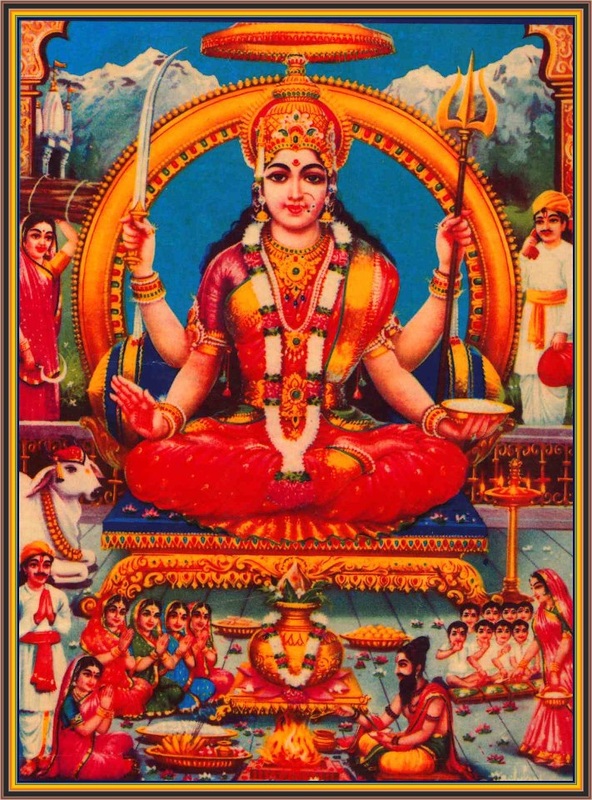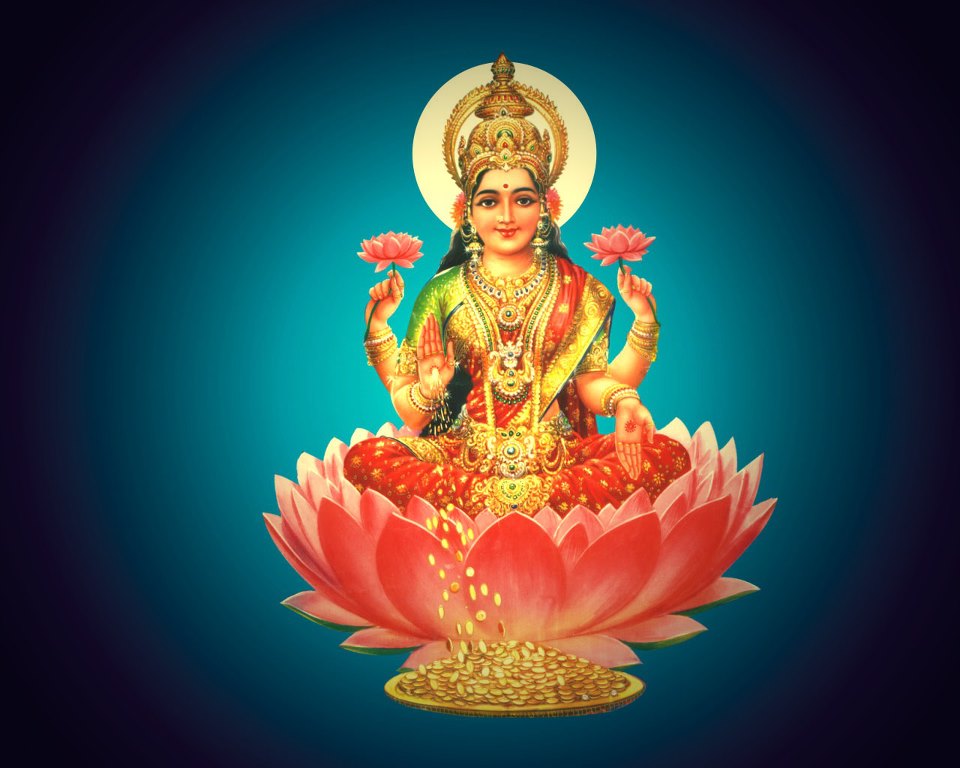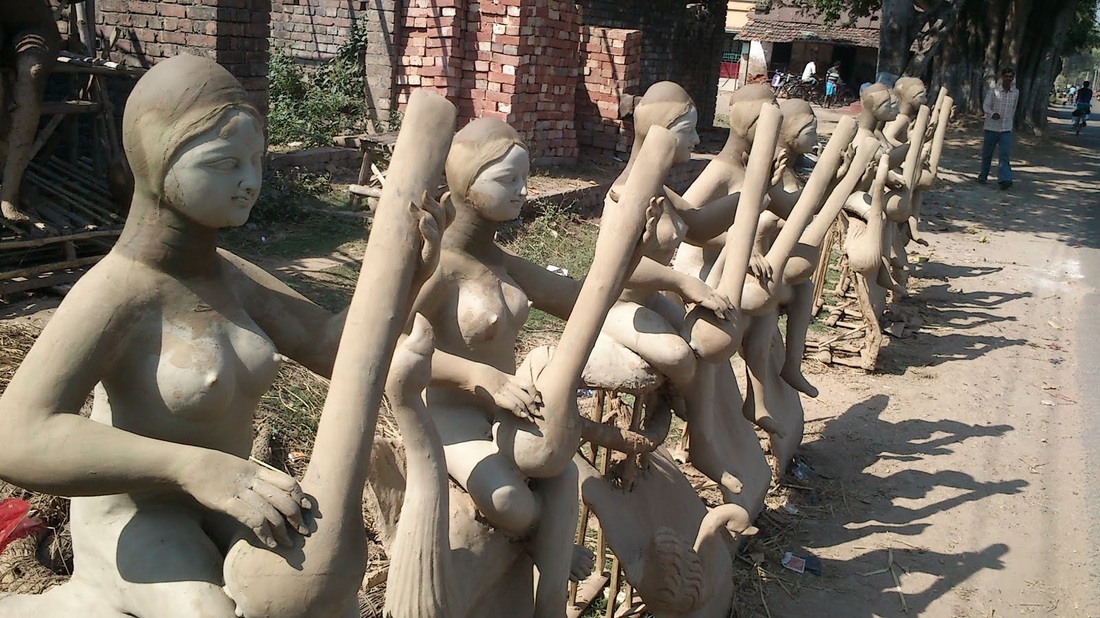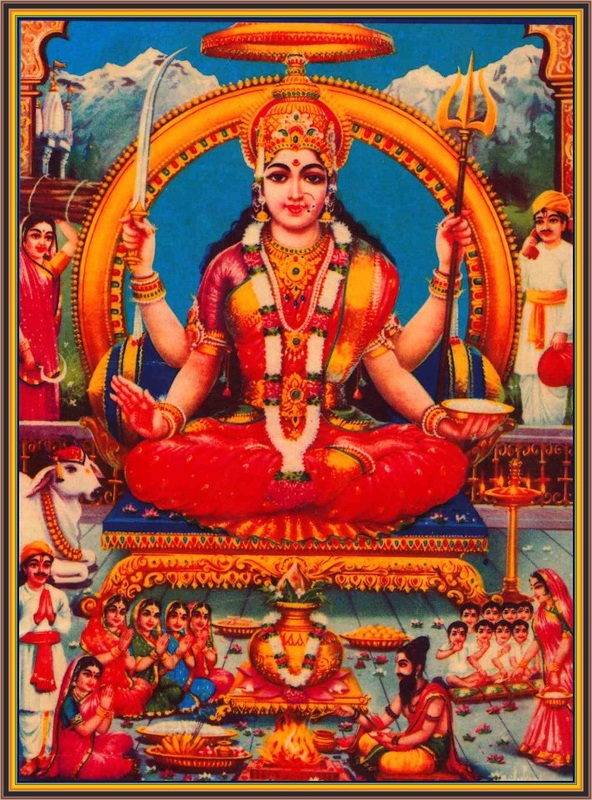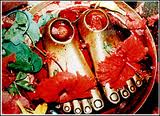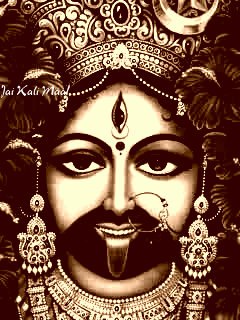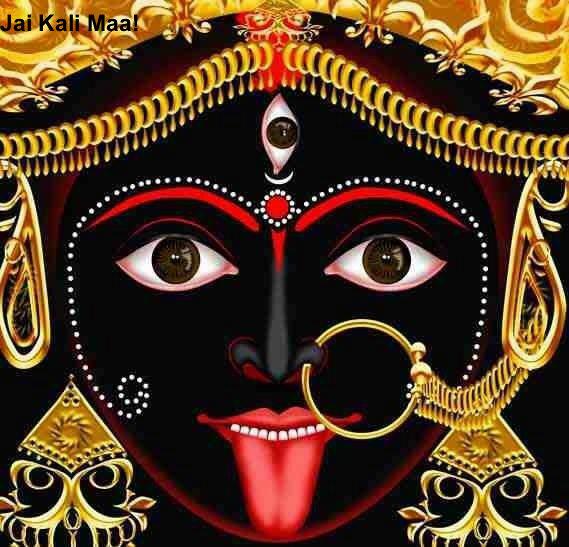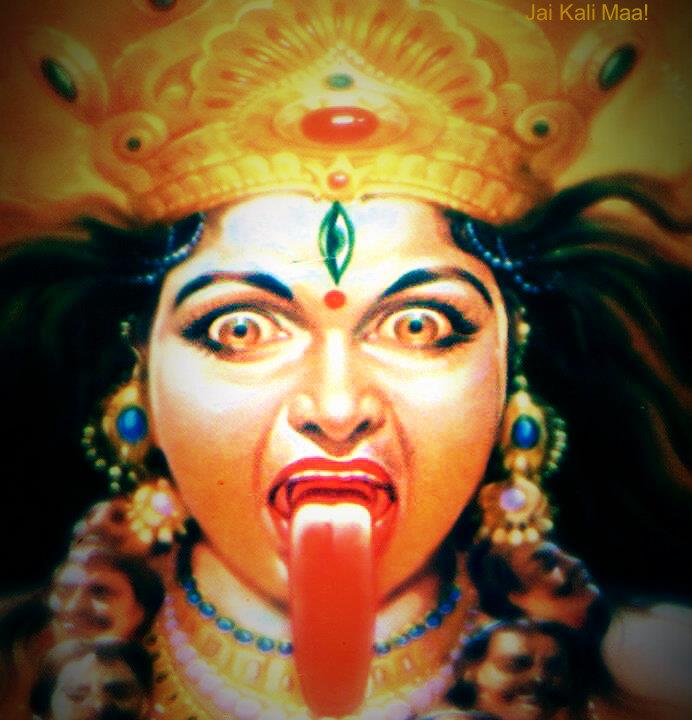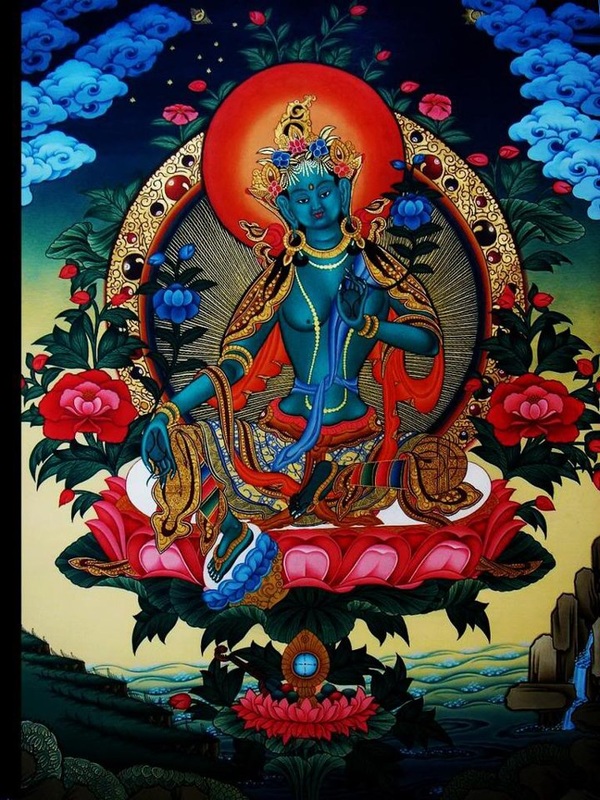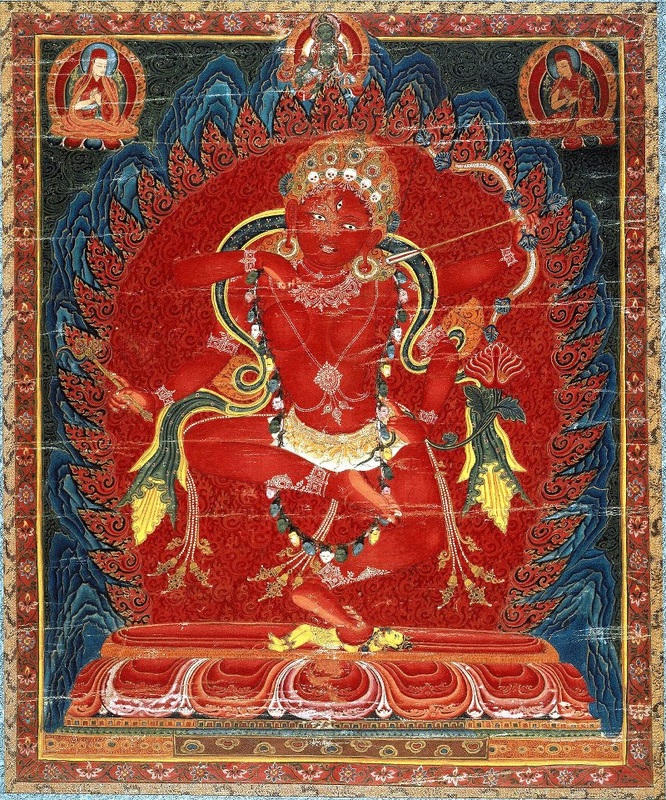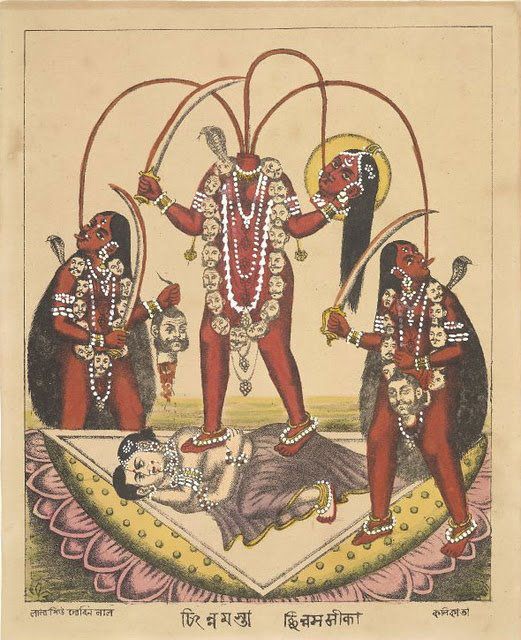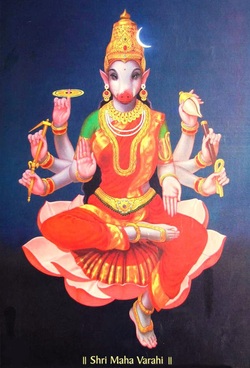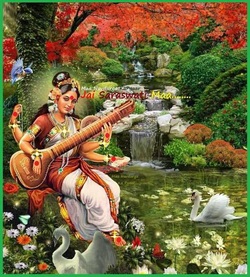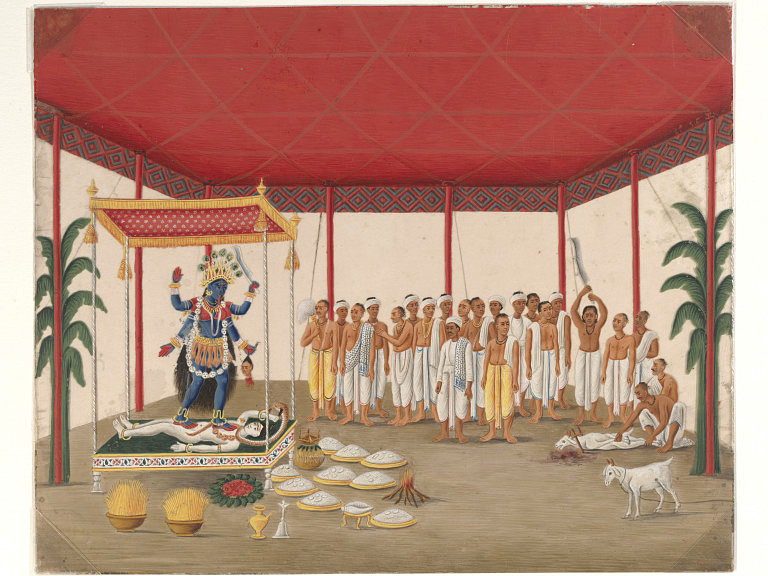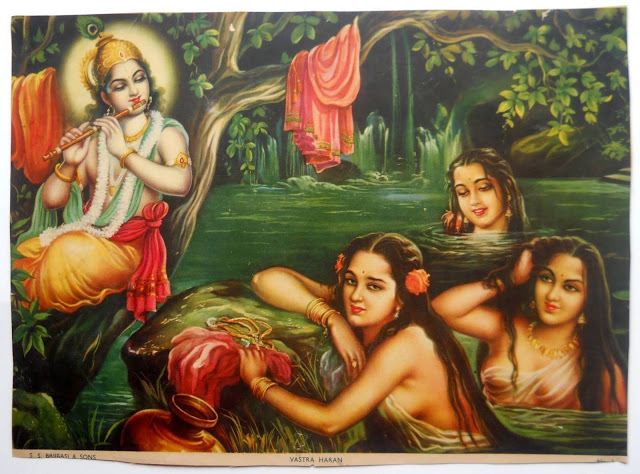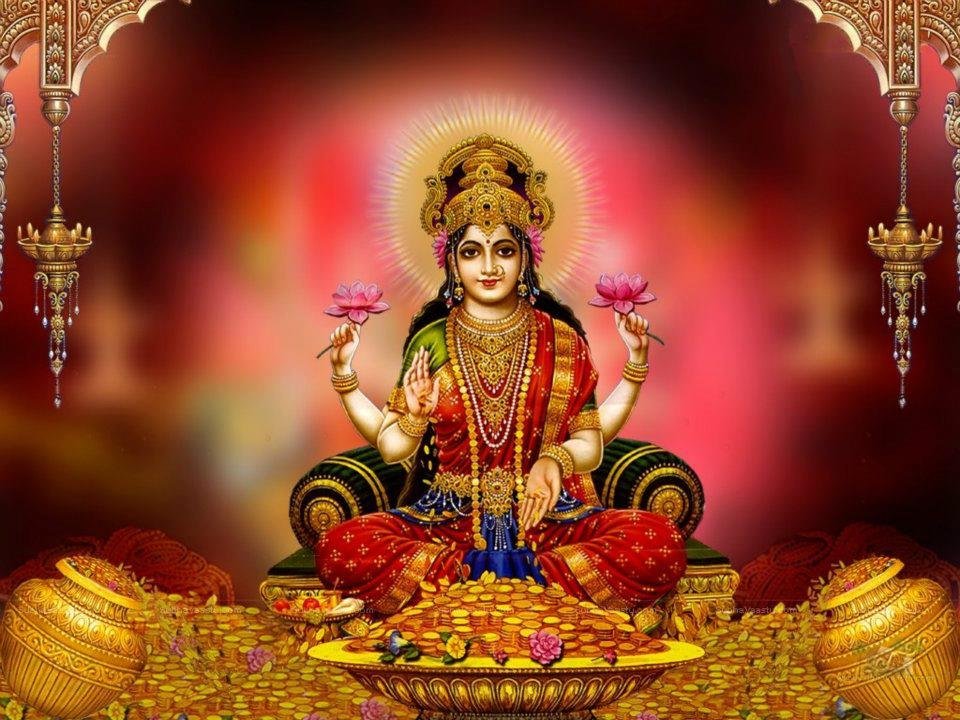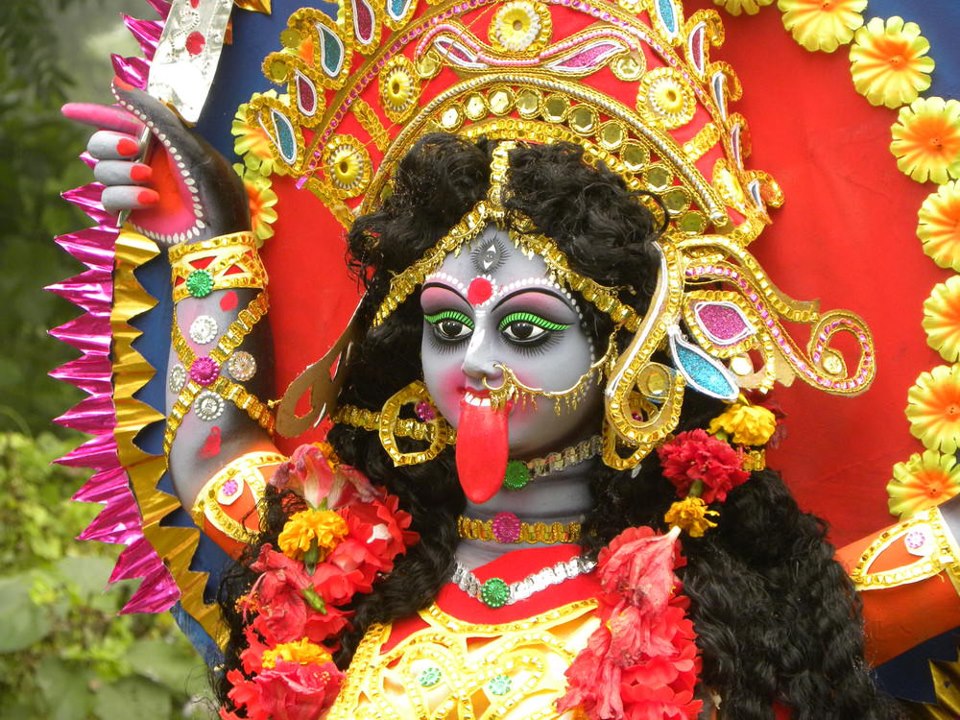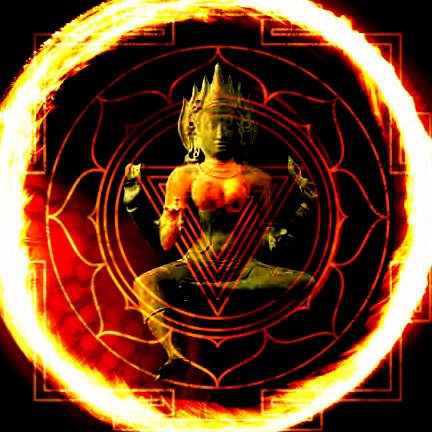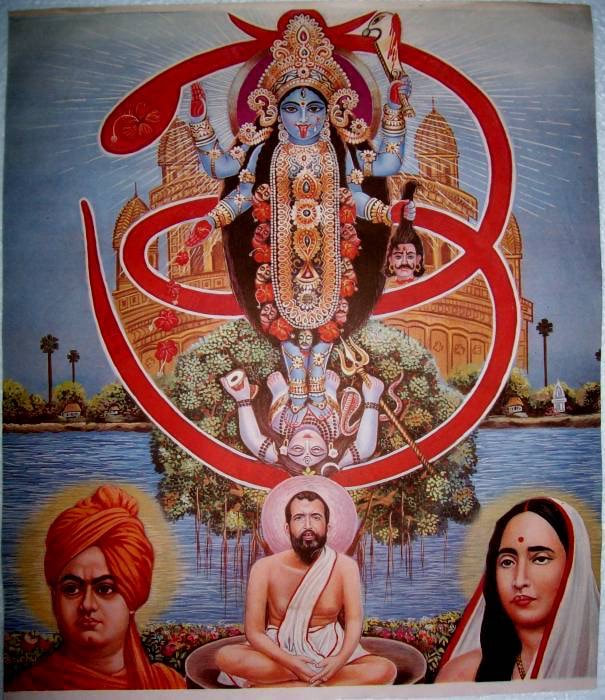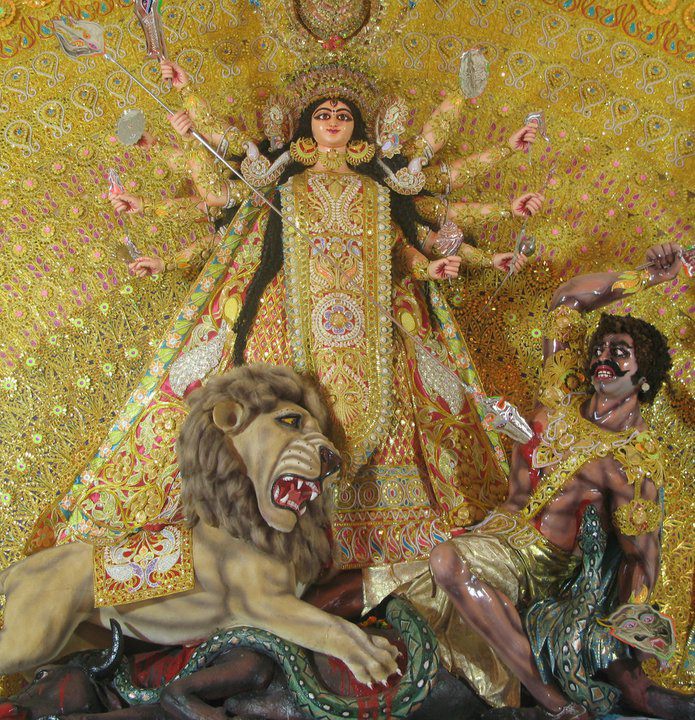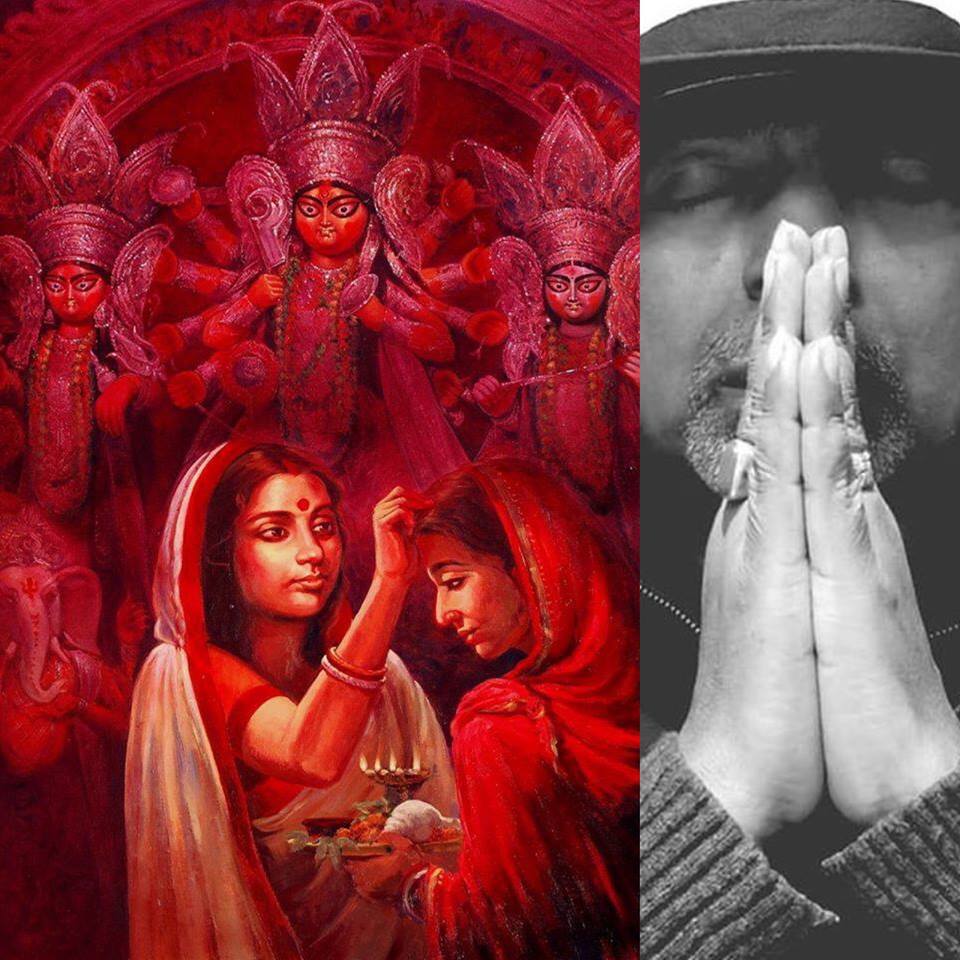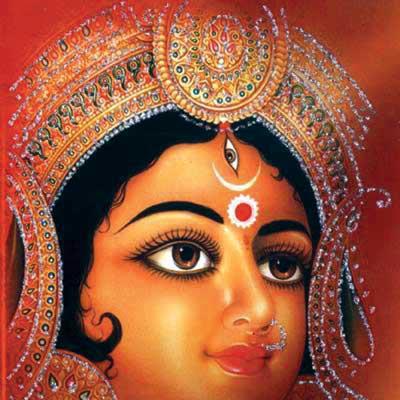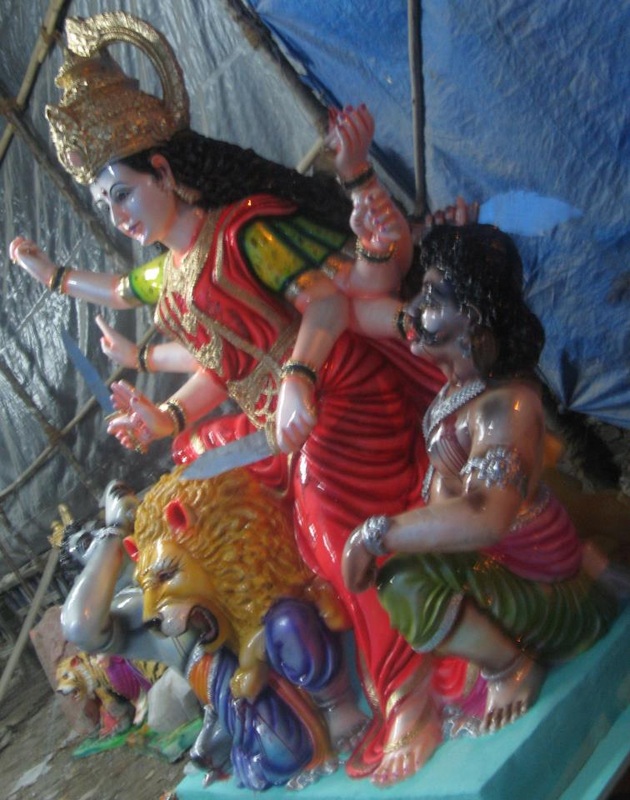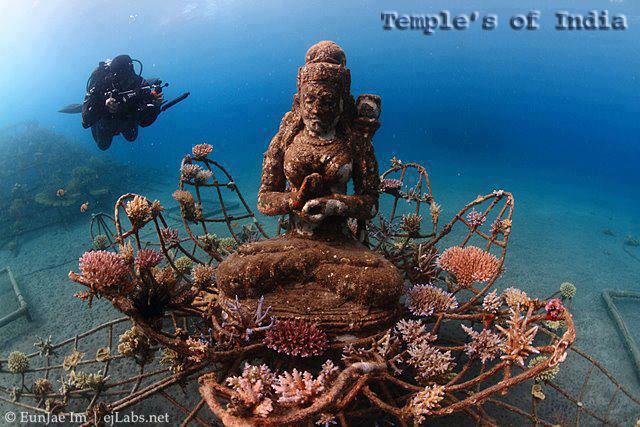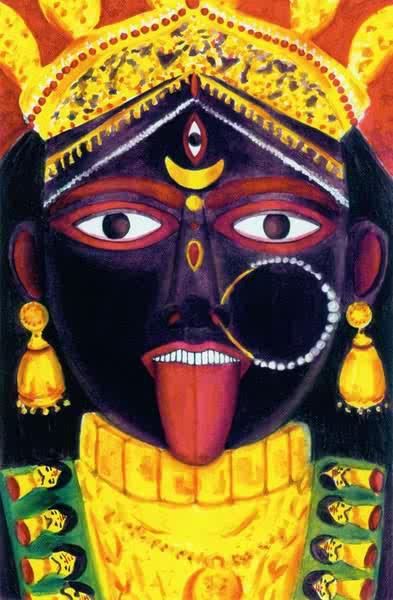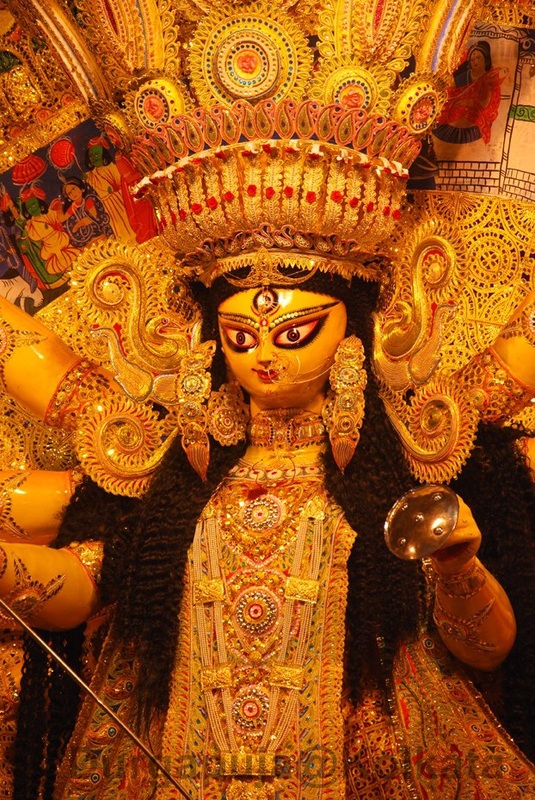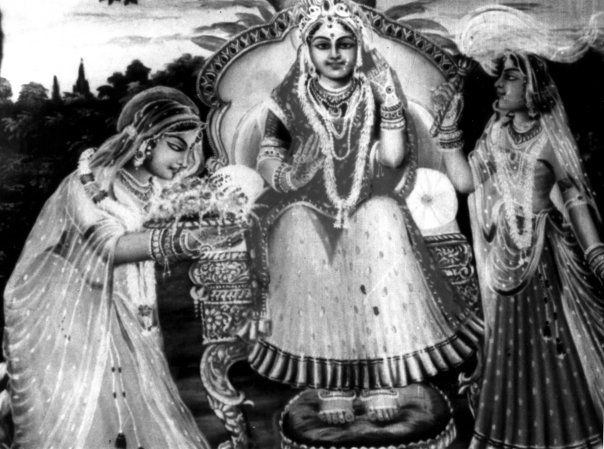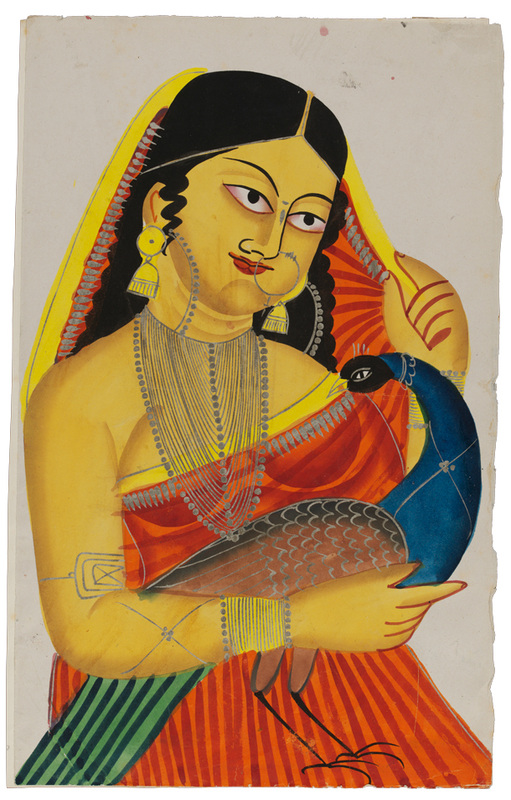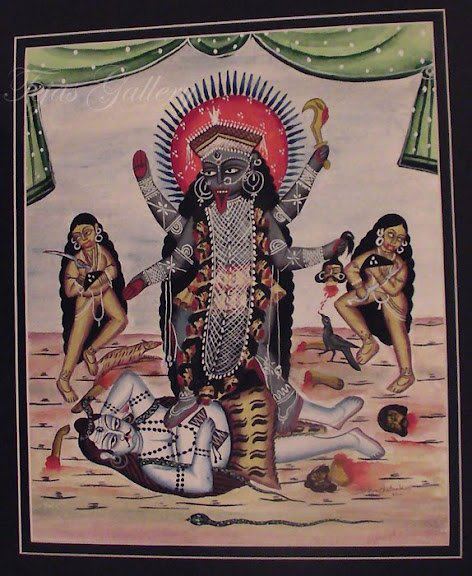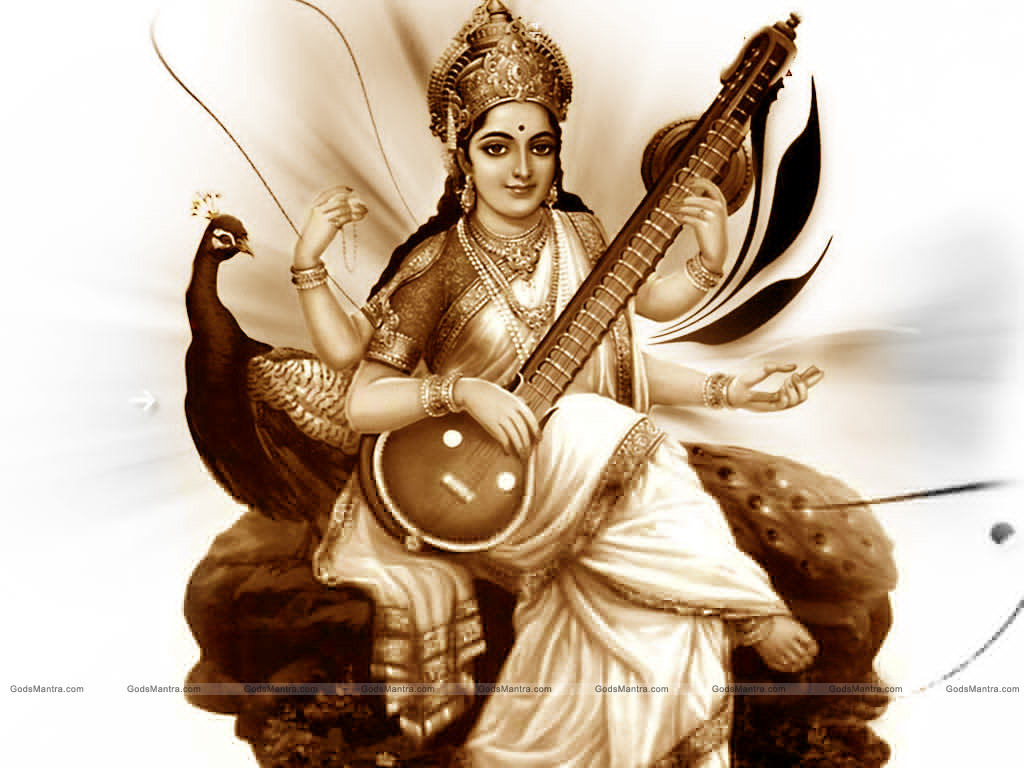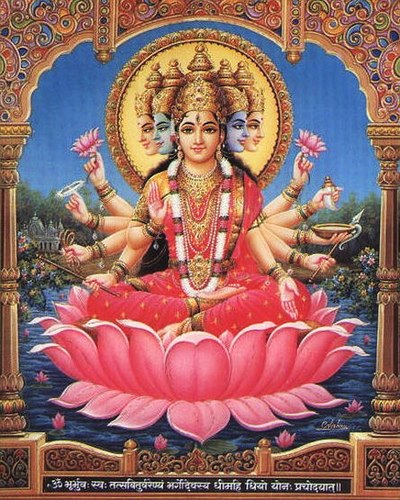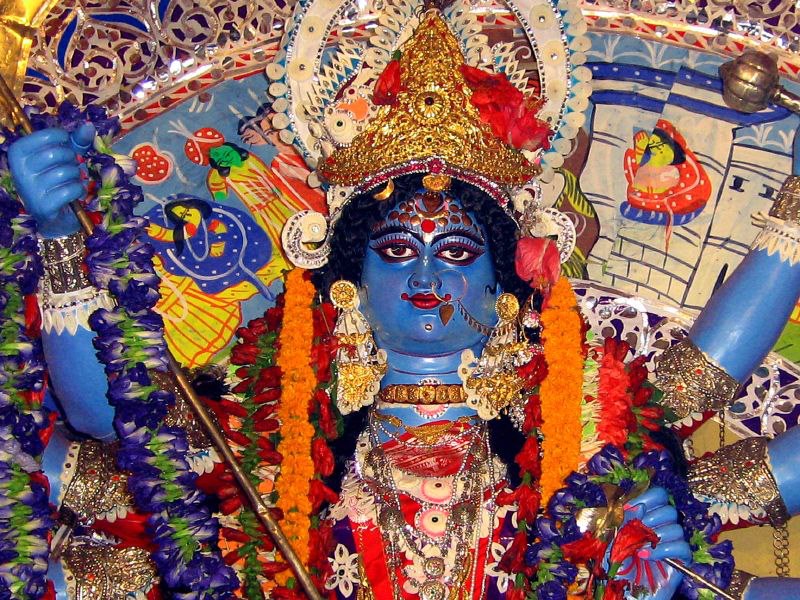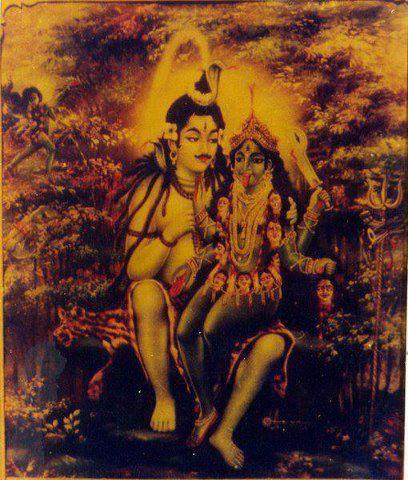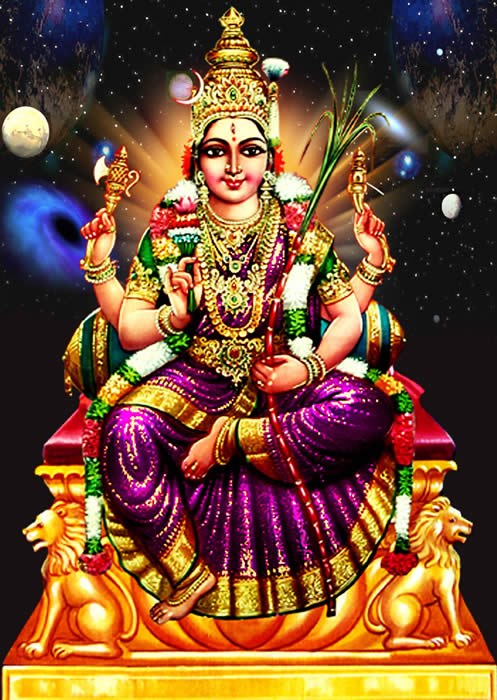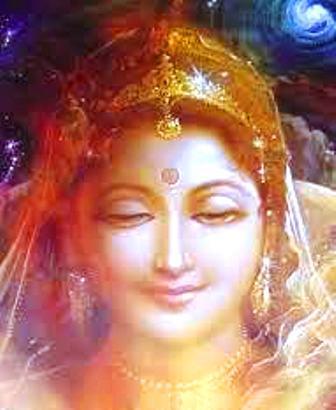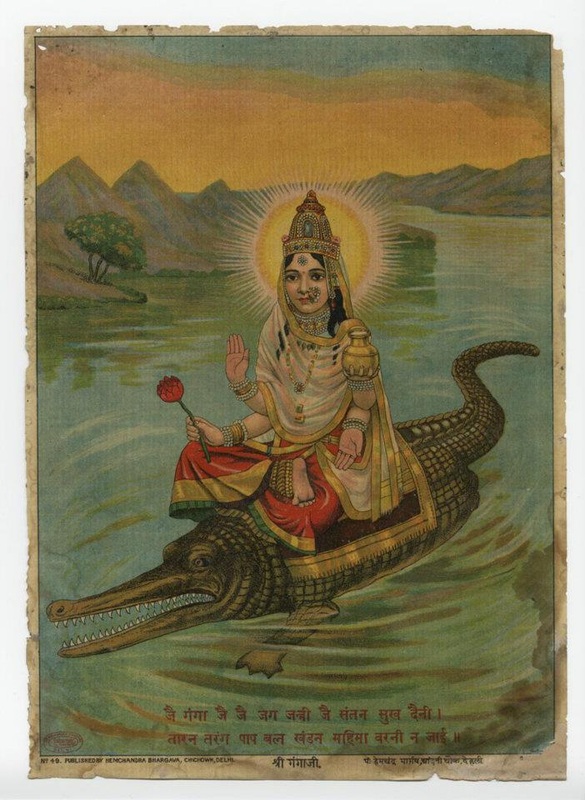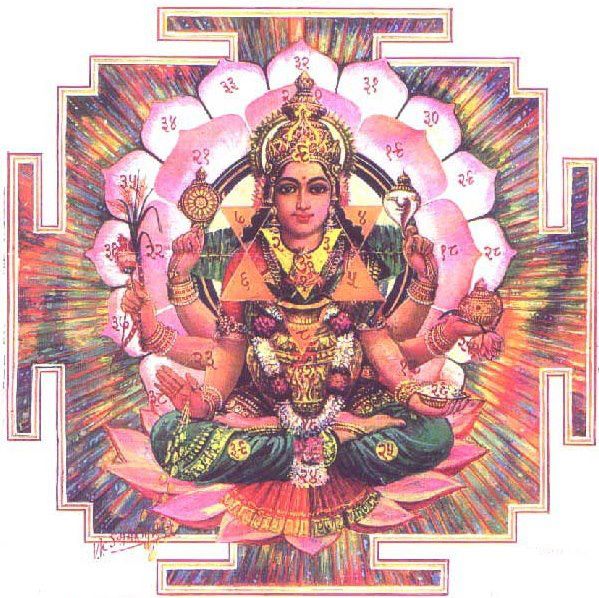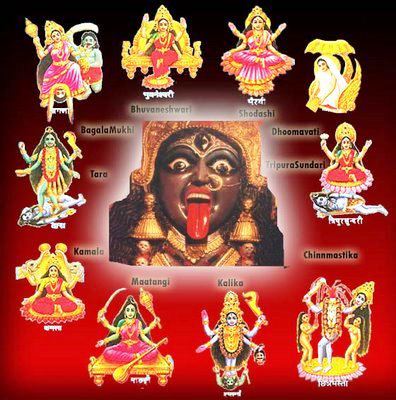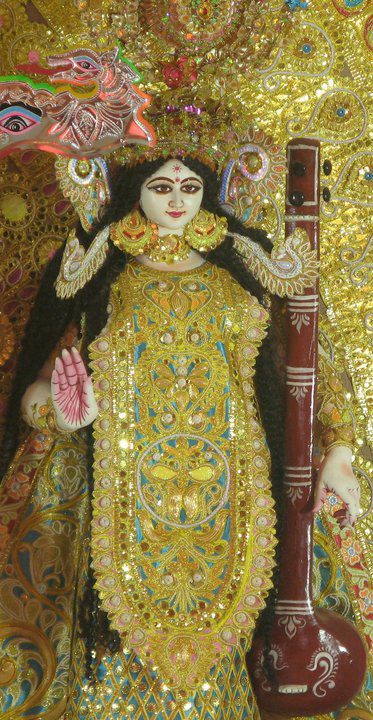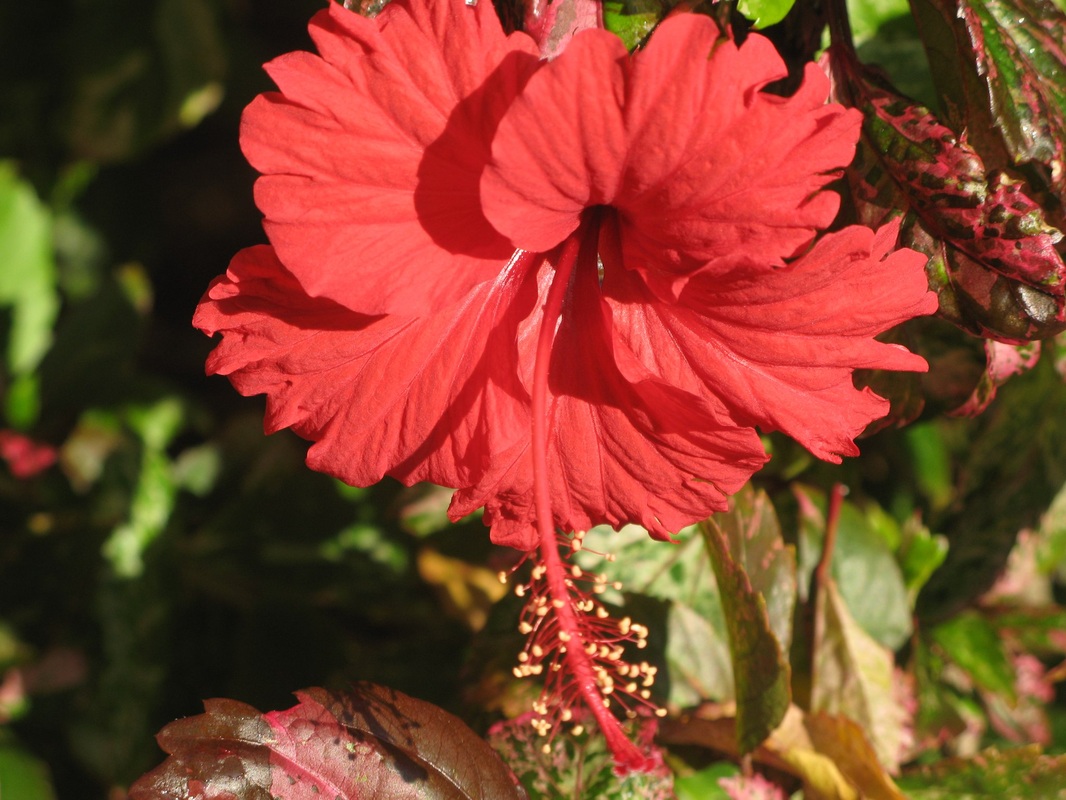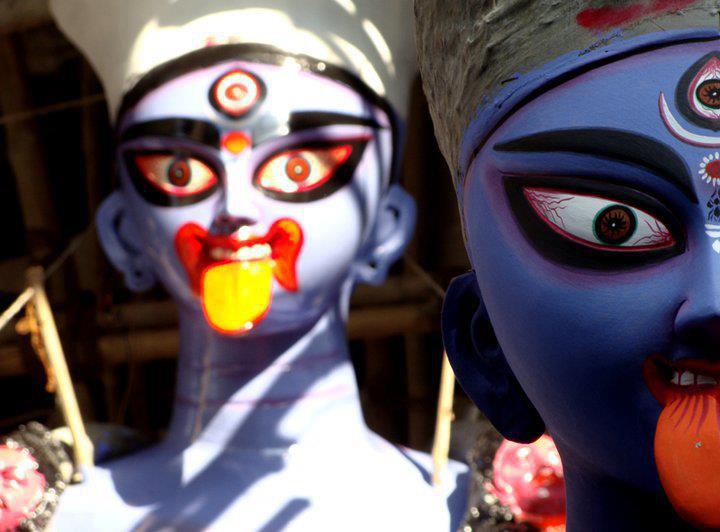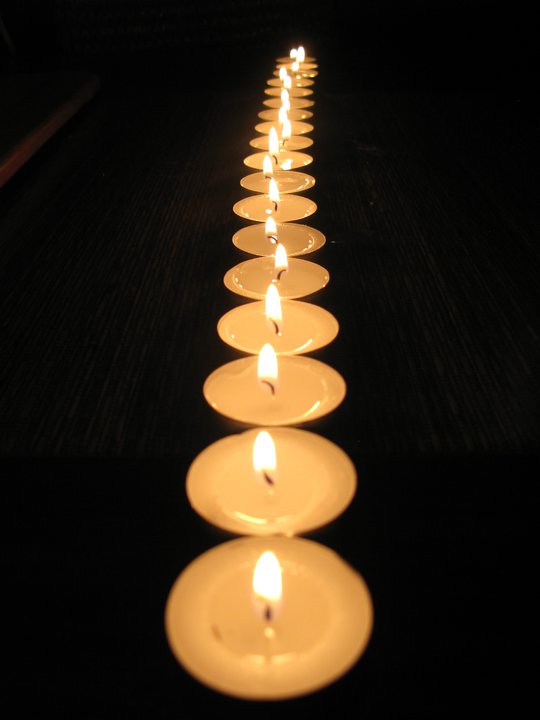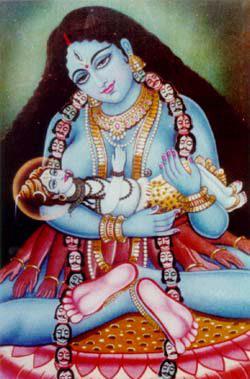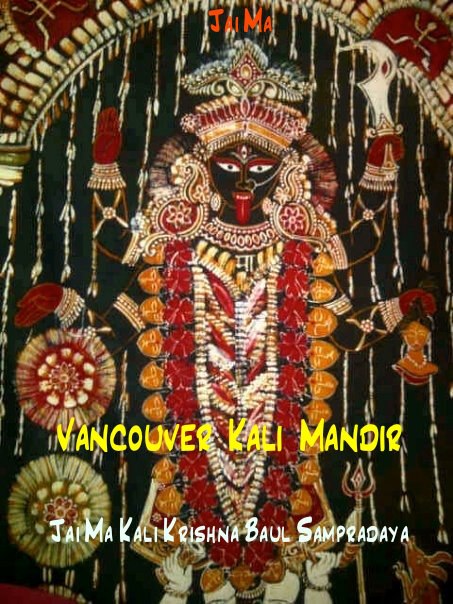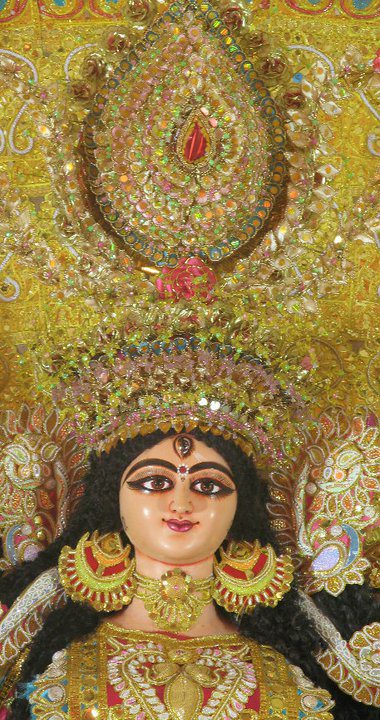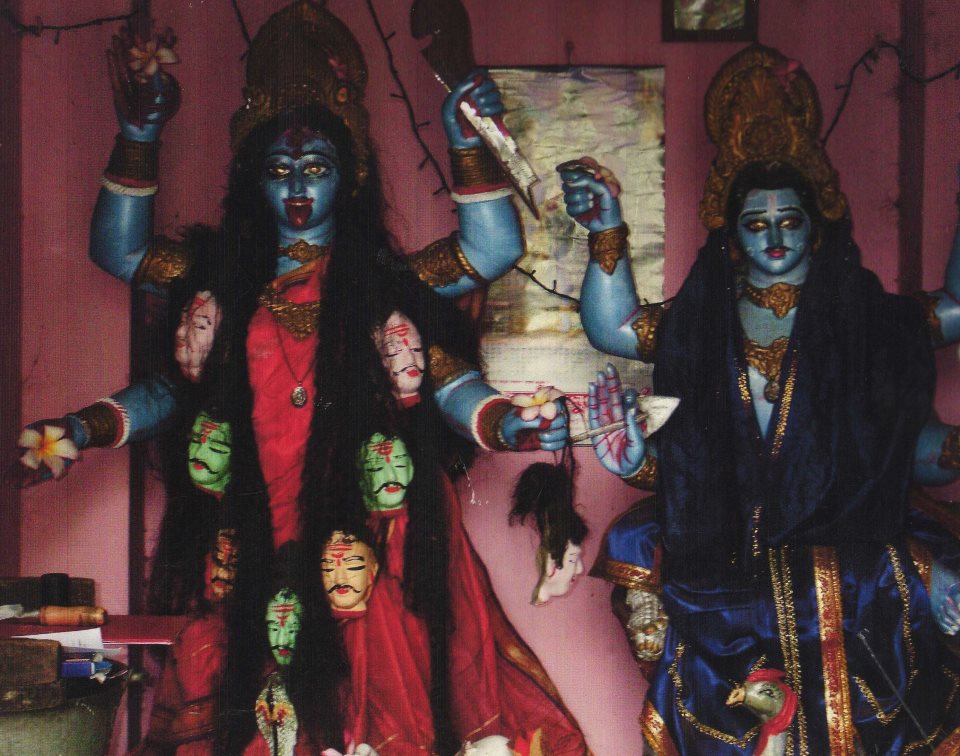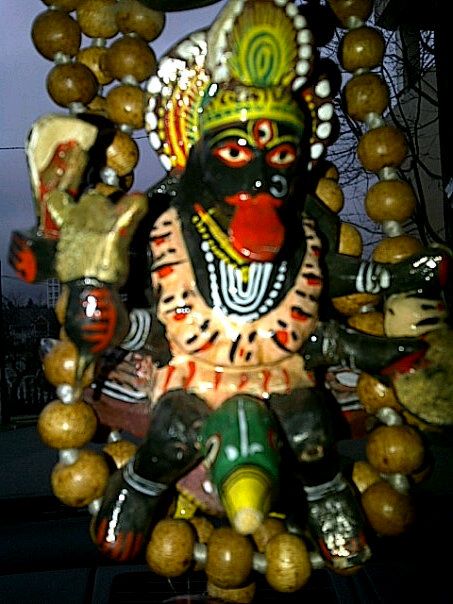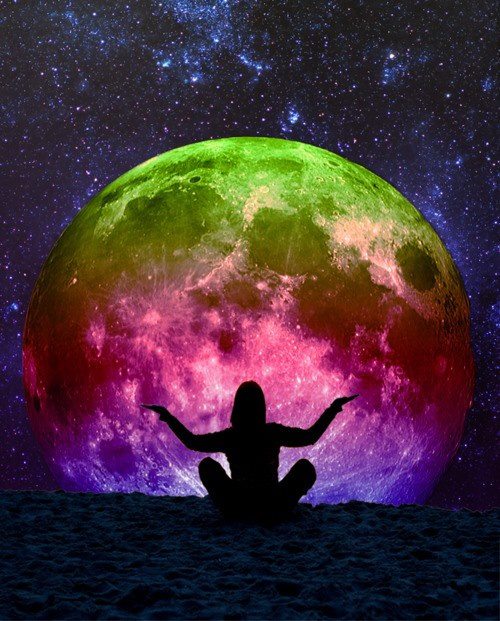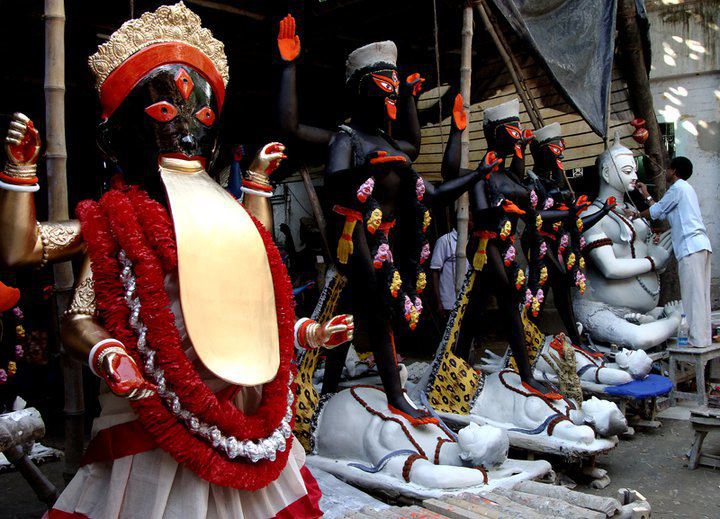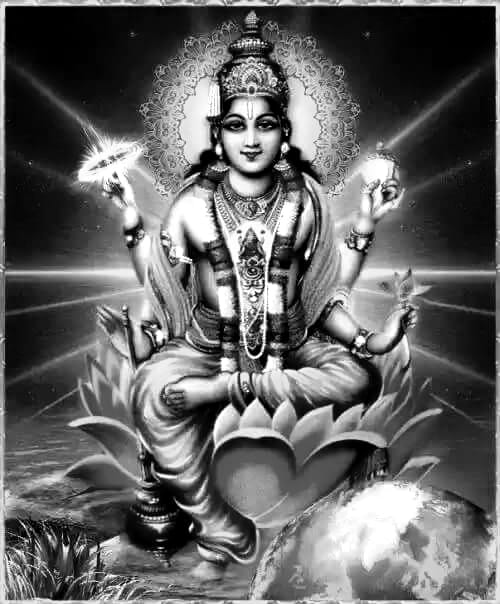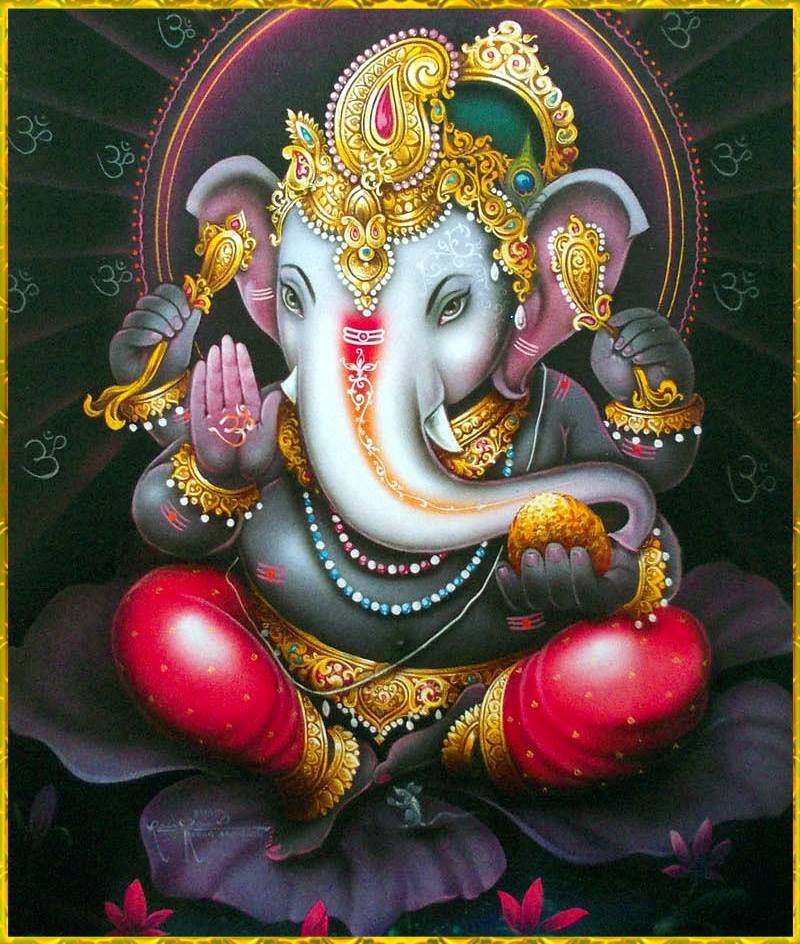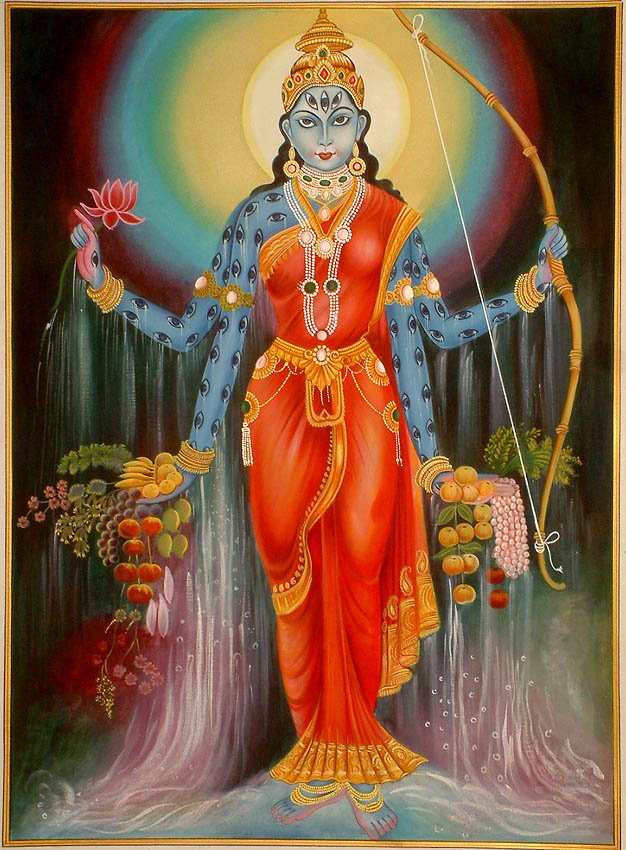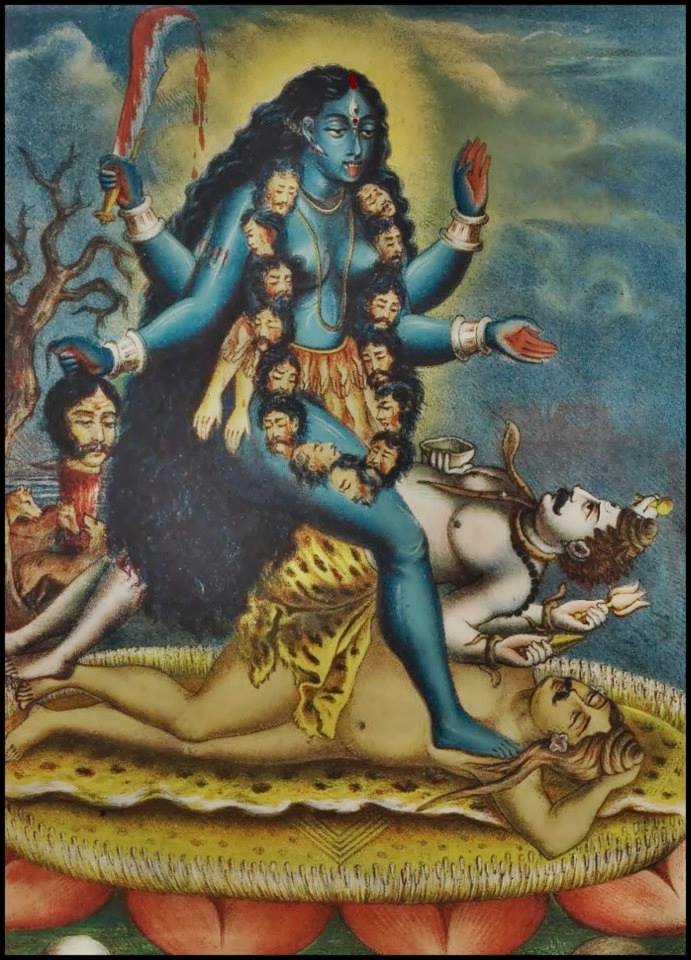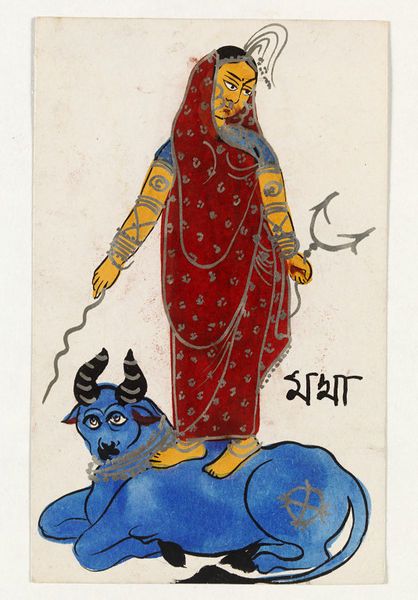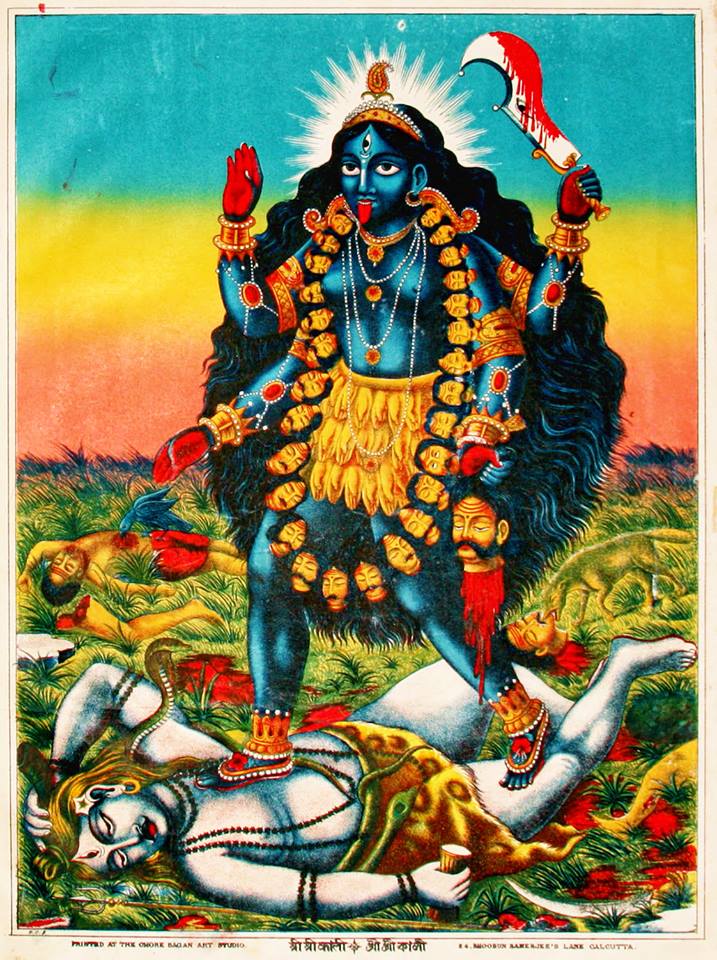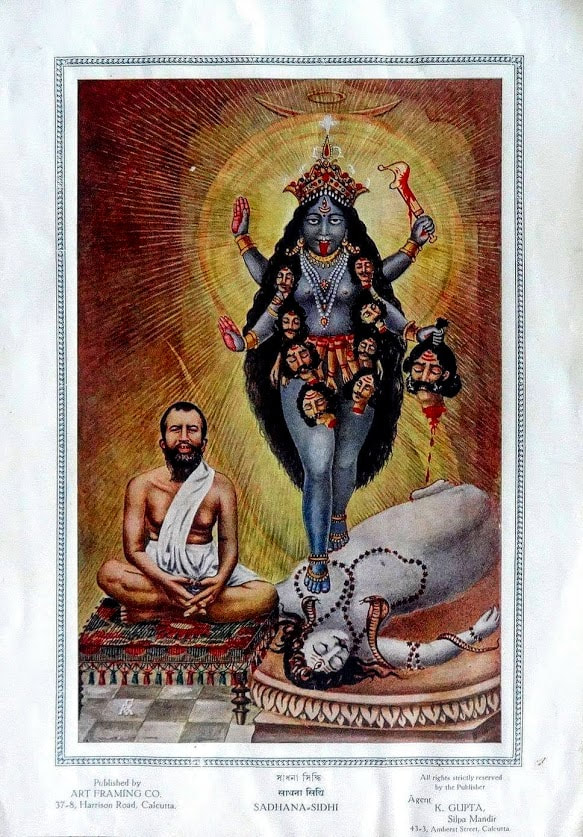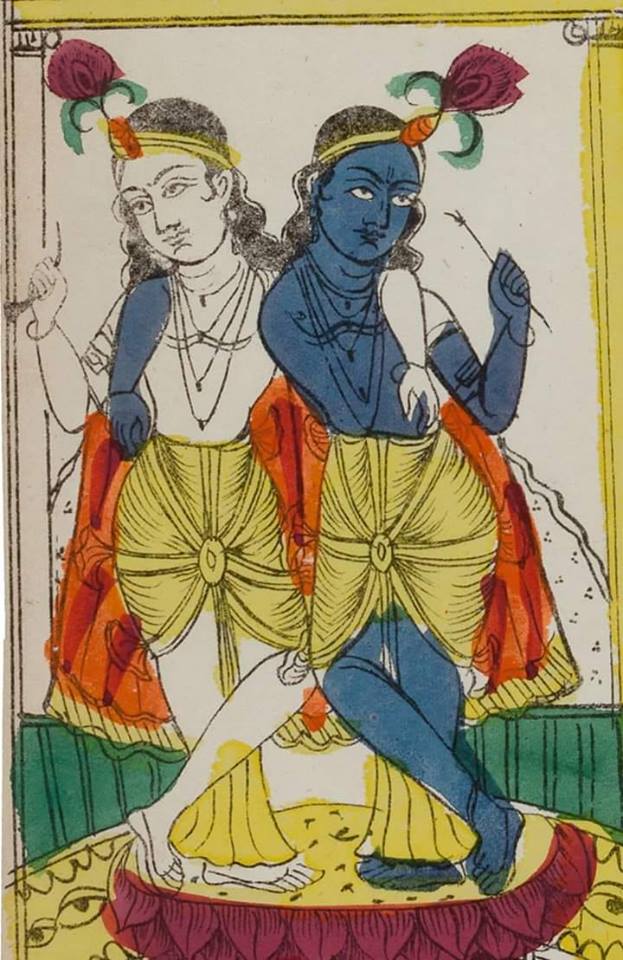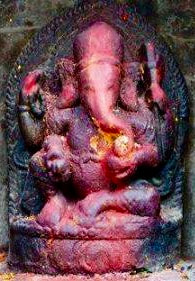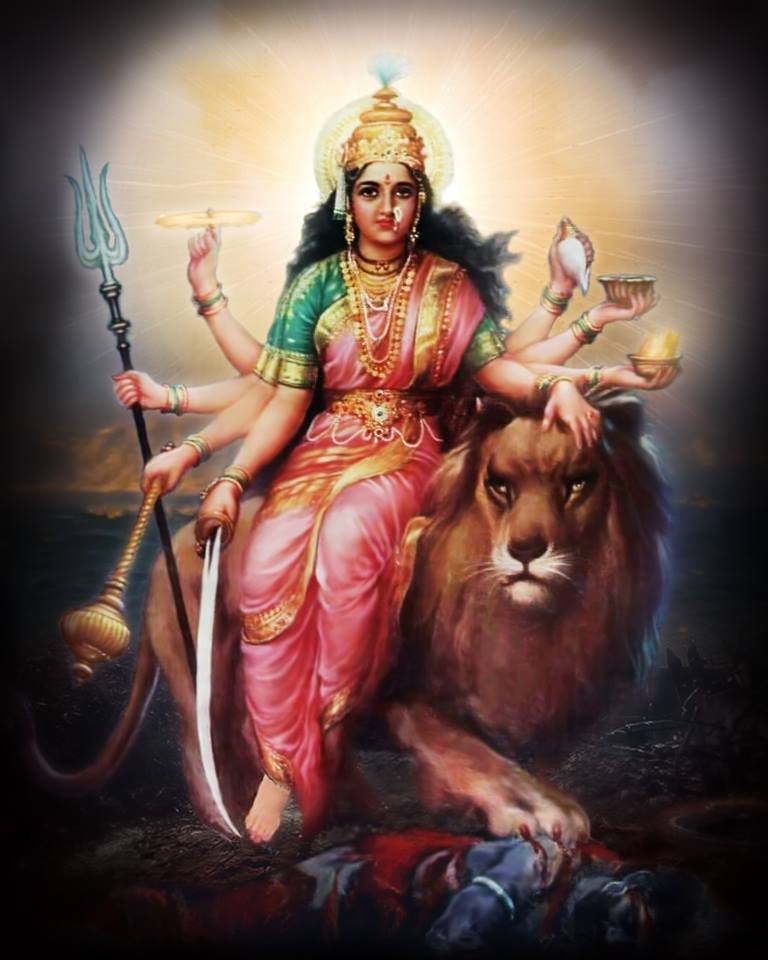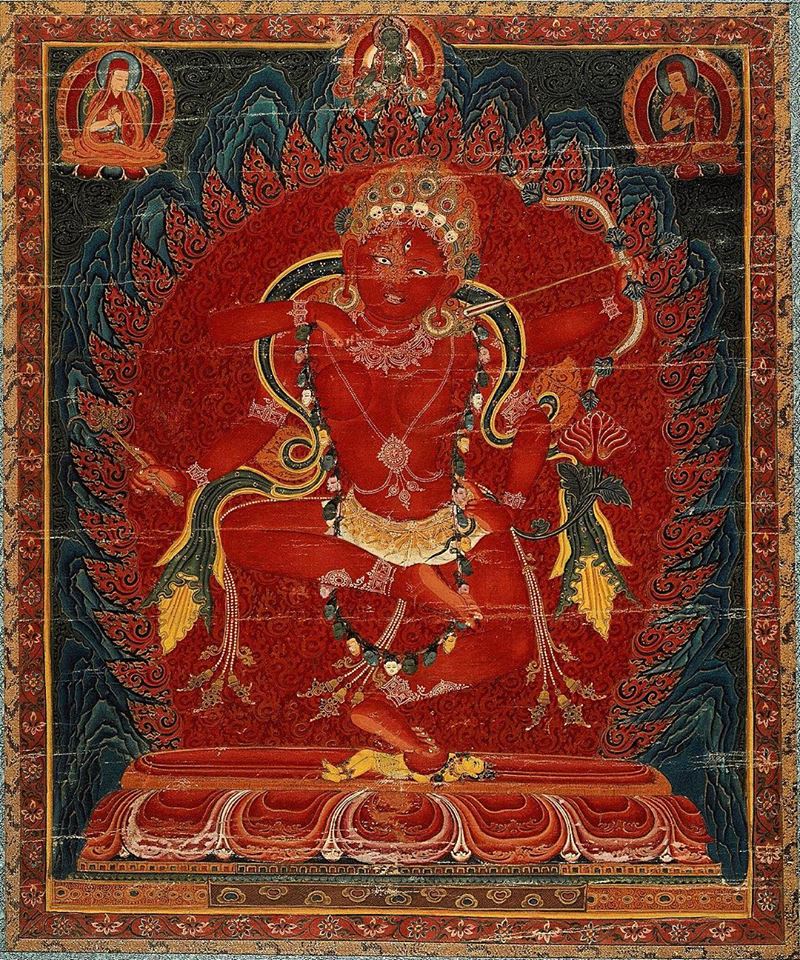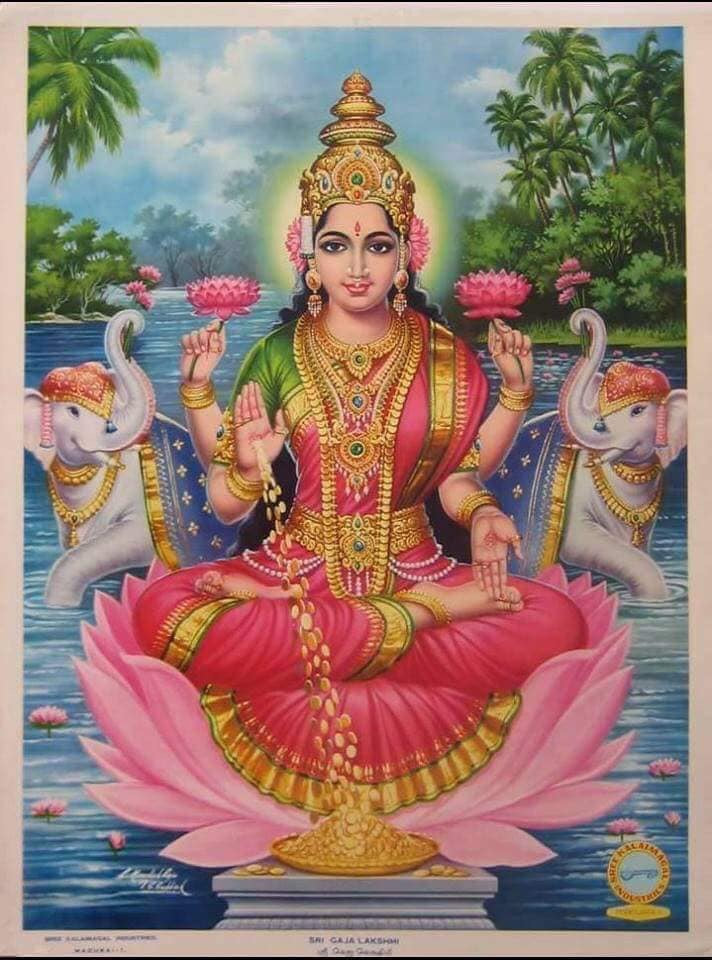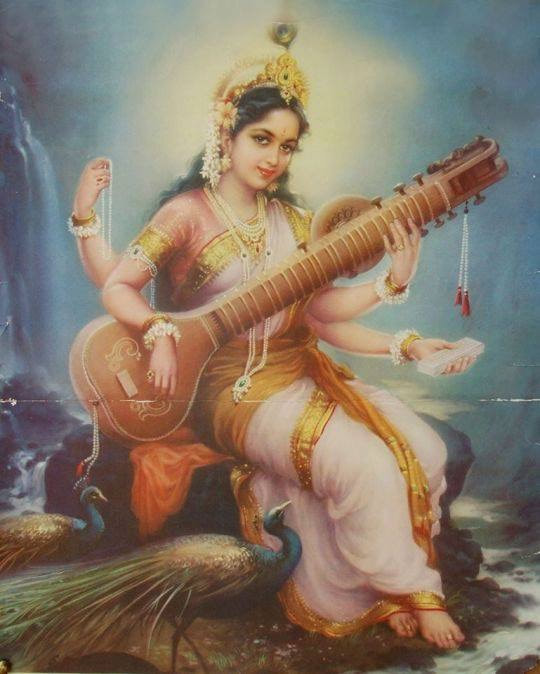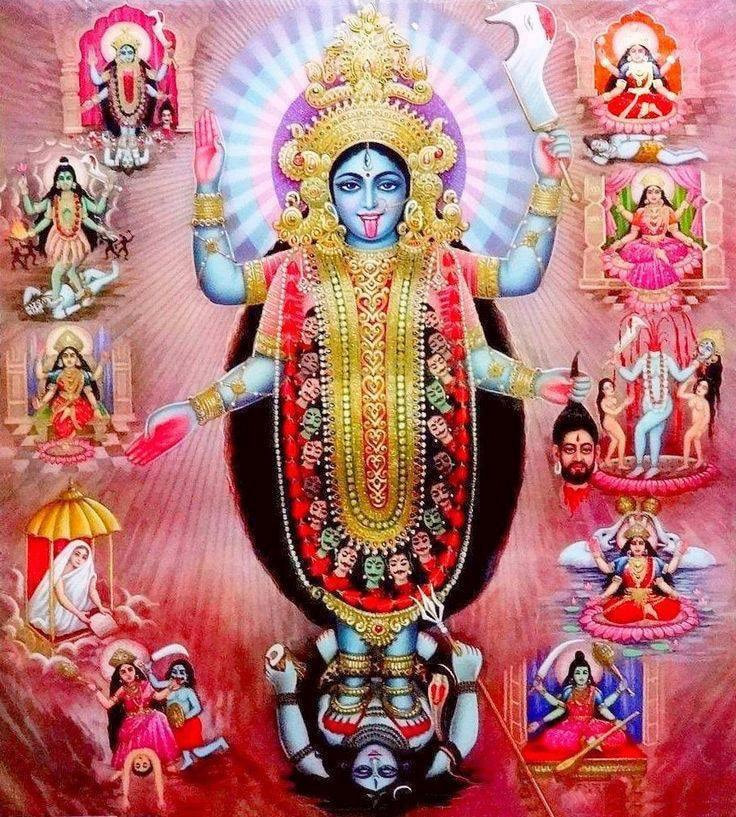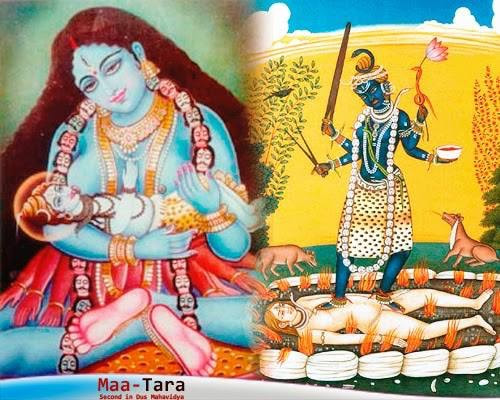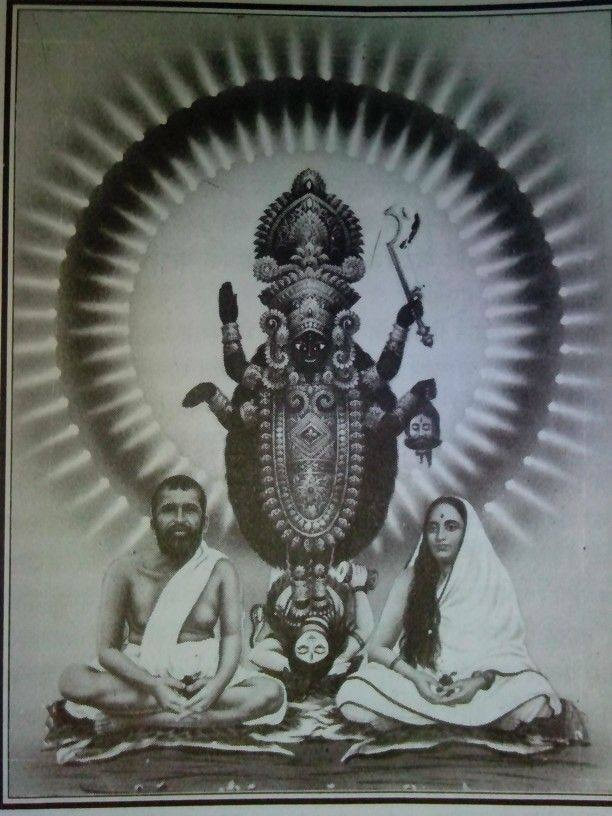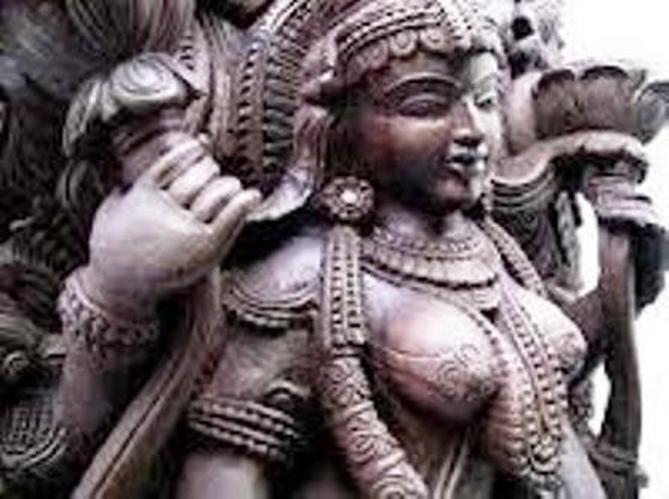
Did we need a Rati to endorse the subject of passion and sexual pleasure? Rati is the Goddess of Love and Passion. In Hindu thoughts, she represents love, carnal desire, lust, passion and sexual pleasure. The name Rati in Sanskrit means ‘the pleasure of love, sexual passion or union and amorous enjoyment’, all of which she personifies, and that is, ‘to delight in’. Her other names will tell us who and what she is: Kama-kala, part of kama; Kama-priya, beloved of kama; Raga-lata, wine of love; Priti-kama, naturally sexy, Reva-kami, wife of Kama; Rati-priti; naturally aroused; Mayavati the, deceiver; Kelikila. As Subjangi, she is fair-limbed.Kama-kala is being part of Kama. As wife of Kama, she is Kama-patni. Rati is also symbolic of the female seed. She is the Venus of the Hindus.
Her beauty and sensuality described via mythology where She is depicted as a maiden who has the power to enchant the God of Love, Kamadeva. She also enjoys worship along with Kamadva. Rati is not only Kamadeva’s consort but a constant companion and his assistant, who arouses sexual feelings. Kamadeva is usually depicted with Rati along his side, in legends, temple sculptures and art.
Goddess Rati is often associated with the arousal and delight of sexual activity, and many sex techniques and positions derive their Sanskrit names from hers. She represents only the pleasure aspect of sexual activity and does not relate to child-birth or motherhood. She is said to enchant with a mere look with body parts that clearly demanded male attention, the Rati-parvai. It is known that once their sites were set in motion, there was nothing to resist, the Rati-mayakkam. Her spells have no biddings. Now, who happens to be the notable victim? The Siva Purana mentions that the husband Kama himself was pierced by her love-arrows upon seeing her auspicious body. The Purana goes on to describe her being filled with smiles, fair complexion in the name of Subhangi, plum breasts and describes her eyes, face, hair, legs, thighs and her glowing skin that made Kama kneel. Unlike Apsaras, Rati works alone or in collaboration with Kamadeva. She could also beguile multiple men at one time.
She is the daughter of Prajapati Daksha. As usual, there are differing versions of her being. The usual is one emanating from the sweat of Daksha to become the wife of Kama. Another, Vishnu reincarnated Sandhya, as Rati. Notwithstanding, she is generously pictured as being born from the sweat of Love’s passionate embrace.
DEPICTION: Like Venus the Roman Goddess of Love for instance, we have Rati pictured with ripening breasts, a tiny waist and slim hips. It is as if she is in the most glorious moments of her sensuality. She is pictured the same way as the Apsaras, with creamy pale skin and long dark hair. As fair limbed, she is Subhangi. Artists however, have a field-day, as goddesses in this category have shape shifting abilities. They can become almost anything their heart desired. The common factor would be Rati’s undeniable beauty and unquestionable sensuality. Rati’s weapon is the sword and her mount is the parrot.
MYTHOLOGY:
Lord Shiva recuperates after Sati’s death and he is away. During His absence, the demon Tharakasura shakes up the universe. He is comforted by a boon that only Shiva’s son can kill him. The God’s need Shiva to attend to this but He is in deep meditation. Towards this Brahma breathes out Vasantha or Spring and Kama and Rati fly to Mount Kailash. They shoot their love-arrows at the Lord to invoke kama. Parvathi appears as Sati’s reincarnation.
Skanda Purana Chp 21: 64. At that time Sambhu was hit and pierced with the arrow called Mohana, ‘the Enchanter' suddenly. On being hit, Sambhu opened his eyes slowly. The lord saw Girija like the ocean view-ing the digit of the moon.......65-67. She had a beautiful delightful face. Her lips were like the Bimba fruit. Her eyes brightened with her smile. Her teeth were fine and excellent. She appeared as though she had come out of fire, just resplen¬dent. She had a slender body with a beautiful and wide face. Gauri had all the signs of pleasure within. She was capable of enchanting the entire universe. It was she who created the three worlds along with Brahma and others. Making use of the quali¬ties of Rajas, Sativa and Tamas, she caused the origin, sustenance and annihilation. That enchanting goddess, the sole cause of auspiciousness of all auspicious things, was seen in front by Hara who was awakened.
Now Shambu (Lord Siva) learns of Kama’s attempts but He is already wounded by Kama’s arrows. So he is reduced into a ash-heap by the gaze of Siva’s third eye. Rati smears this ash all over herself” Padma Purana.
Bhagavata Purana: Thereafter Rati goes mad. She begs the Lord and has him restored as a mental image to represent true emotional mental state rather than physical lust. Given the nature of Rati and her needs, this reborn Kama is hardly sufficient. She does severe penance: She plead Siva. Skanda Purana introduces a new thesis at this stage. It states that Parvathi is worried Siva could only be achieved by Kama’s assistance, ie to invoke desire.
Lord Siva assured Rati that Kamadeva would be reborn to Krishna and Rukumani as Pradyumna. Pradyumna is abducted and ends up in the demon, Sambrasura’s kitchen as a fish containing him within. Now, Rati had to be there for the union. So prior to this incident, she manifests as the maid Mayavati to avait Kama. Mayavati means ‘mistress of illusion’. Initially Mayavati aka Rati does not know that Pradyumna aka Kama is her husband. But the sage Narada tells her this secret. She nurtured the child as a mother would but after Narada’s revelation she looks at the child with passion burning her body. Now Pradyumna resents an older lady making advances. Her arrows hitting blind spots, Mayavati reveals their previous births and the boy falls into her trap. Mayavati trains Kama in the art of war.
During this time she has to shoot some kama arrows at Sambrasura so that he does not cast his eyes on the military training grounds. The Brahma Vaivarta Purana goes a long way to explain that Rati did not sleep with Sambrasura and that Rati set Goddess Maya into action. So that would make the demon making love to the illusionary Mayavati! The texts stress her pativrata, purity that does not allow another man to touch other than the husband . Anyway, the martial training is over while the demon Sambrasura has lost his mind. He gets slain….shades of Mohini reducing Bhasma into a heap. They never learn, do they? Thereafter Kama and Rati return to Dwarka as husband and wife in their original forms. They are said to have lived as a couple for 63,000 years as Rati enriches kama literature.
PADMA PURANA:
Like mother like daughter…..This Purana is voluminous. It contains 5 sections, Sristi-Creation, Bhumi-Earth, Svarga-heaven, Patala-Netherland and Uttara Kanda-end section. It was composed in 800 AD containing 51,000 verses. It is a Vaishnavite scripture with Benagali and South Indian recensions. Chp 88-85 tells the story of King Yayati.
Yayati ruled his kingdom for eighty-one thousand years and is known for his righteousness. Seeing the rigorous observances of Yayati’s virtuous life, Indra, God of the Heavens began to be alarmed. So he sends his charioteer Matali to bring Yayati to Indraloka. The King refuses that he would not go to Indraloka with his physical body. Now in Yayati’s kingdom, he practices and instructs his subjects to be righteous to avoid early death. Indra consults Lord Yama to engineer a plan.
They then send the gandharvas and apsaras to enact Vamanavatara drama beyore King Yayti. Rati gives her best sensuous performance and Yayati’s mind flies out of the palace windows. He is enchanted with Rati beyond redemption and starts losing interest with his clean habits. Health deteriorates and old age sets in. One fine day he goes hunting in a forest where he finds a spell-binding lady sitting on a lotus. On enquiry, Yayati is told that she was Asrubindumathi, daughter of Rati.
Yayati’s mind flies out again through the forest trees. Like Bhasma, Yayati proposes marriage on the spot. She places a condition that she would oblige if Yayati can become young again. He had to marry. Simply had to, so he calls up all his four sons and requested them to exchange their youth. Well all refused except the youngest son, Puru. He exchanges his youth and Yayati married Asribindumati. Ultimately Yayati thoroughly enjoys his sex life, returns his youth to his son and ascended to heavens with Asru. It is said that Asrubindumathi is Rati’s maya in action including kala, the time factor that Yayati thought he was having an extended nocturnal life. Anyway Indra has had his way in dragging Yayti to his lokha.
SEX IN HINDUISM:
Attachment to the opposite sex has more to do with Hindu faith, rather than the pleasures of physical sex. Hindus have considered sex as something more than mere pleasure while conceding that it is certainly a part of the equation. Every house-holder is to look at his purusharta goals as the aim of life. In his family pursuit of arta and kama, he also has to know love in its contexts. He is the hero that braves the trials and tribulations of life without compromising happiness in all forms. One only need to take a look (doesn’t mean memorise!) at the ‘Kama Sutra’ to comprehends that sex holds an important part within this belief system. All the seven act in the KamaSutra depict different the different phases of the hero’s life. 1.General idea of love and its involvement in the lives of men and women. 2.Beginnings of sexual techniques 3. Acquiring a potential wife and engaging in marriage 4.Proper conduct of the wife and her role in marriage 5. Seducing other women. 6. Exploration of various women and 7. Exploring aphrodisiacs and magic spells to attract women.
The other, ‘Ratirahasya’ does not mention Rati's adventures directly but the title says it all. She gives rise to phrases attached to her name, rati-kari; women prone to sexual pleasures; kama-rati, man stupefied by desire; rati-karman and rati laksha, sexual intercourse; rati-bhoga, sexual enjoyment; rati-shakti, virile power; rati-jna, skilled in the art of love and rati-yuddha, sex battle.
Rati seems to have inspired the many erotic positions depicted therein. It was written by Kokkoka Pandit, siddha patiya pandita – an ingenious among learned men, who was inspired by Vatsayana, the author of Kama Sutra. Ratirahsya, as opposed to Kama Sutra was written for the medieval Indian society which frowned premarital and extramarital sex. It dealt with different physics, lunar calendars, different types of genitals, characteristics of women of various ages, hugs, kisses, sexual intercourse, sexual positions and sex with strange women.
Ratirahasya also makes classification of women and describes the erogenous zones and women’s easy arousal. It is also said to be the first book to describe feminine beauty according to their appearance and physical beauty as 1. Padmini, lotus woman 2.Chitrini, art woman 3.Shankini, conch woman and 4.Hastini, elephant woman. In summary Kokkoka Pandit was concerned with how to enjoy sex and to keep a woman happy. One wonders why nothing was written about men for women’s consumption. Could we cursorily say it was a men’s world or there was nothing much to write about?
DUALITY IN SEX:
Love or lust? In Hindu thoughts, sex is about making love in the most pleasurable way possible and giving utmost respect. That would make Rati endorse the spirit of written expressions. Anything else is to be seen as animal instincts. One cannot envisage that Shiva and Parvathi made love for three hundred years to give us the Kama Sutra. And Nandi did not leak this knowledge to Vatsayana for nothing.
But love and lust can be two separate things. Rati seems to stand on a thin edge to be seen as a goddess of carnal pleasure than pure love. This duality is not easily separated from a spiritual point of view. The Shiva-Parvathi union of bliss is hardly seen as duality in the same sense as there may be two bodies but One Bliss in their physical union. Similarly Rati is the female counterpart propagating non-duality in sexual enjoyment and ultimate bliss.
CHINNAMASTA:
The Tantra Mahavidya Goddess Chinnamasta, depicts two kinds of female dominations. The usual depiction shows Kama and Rati symbolize ‘maithuna’ the ritual sexual union. But Rati engages the viparita-rati meaning female on top position dominating Kama. Here Rathi, the embodiment of sexual energy, is interpreted as a symbol of self-control of sexual desire. Next, Goddess Chinnamasta stands on the copulating couple to suggest her Female Domination over Kama and Maya. Hari Om
Hara Hara Mahadeva
(draft Gods and Goddesses)
Yogi Ananda Saraswathi
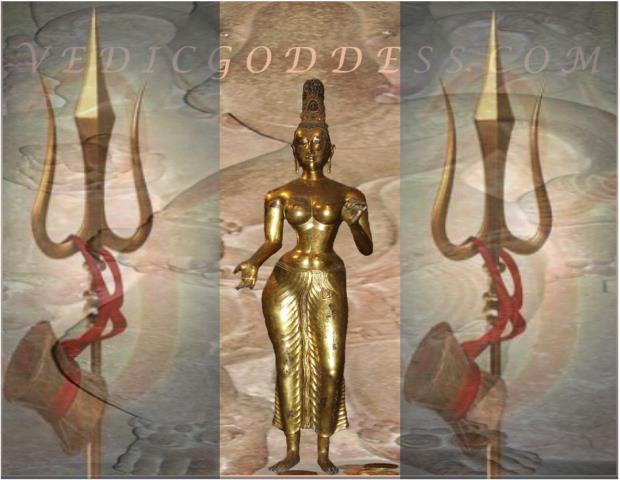
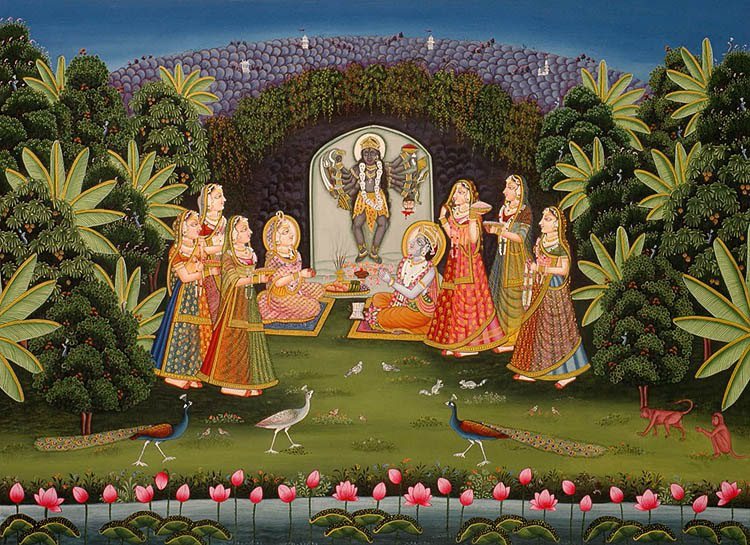
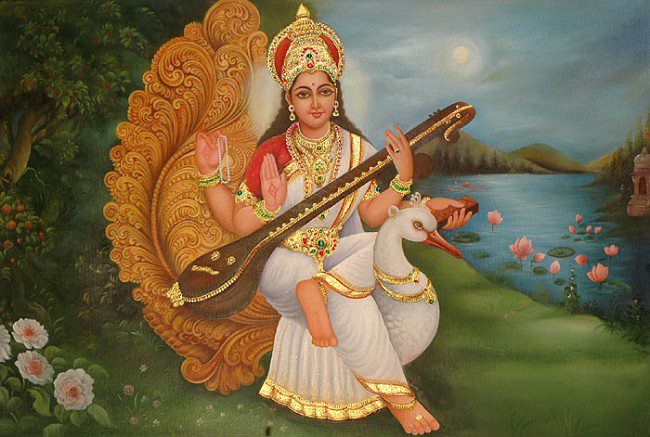
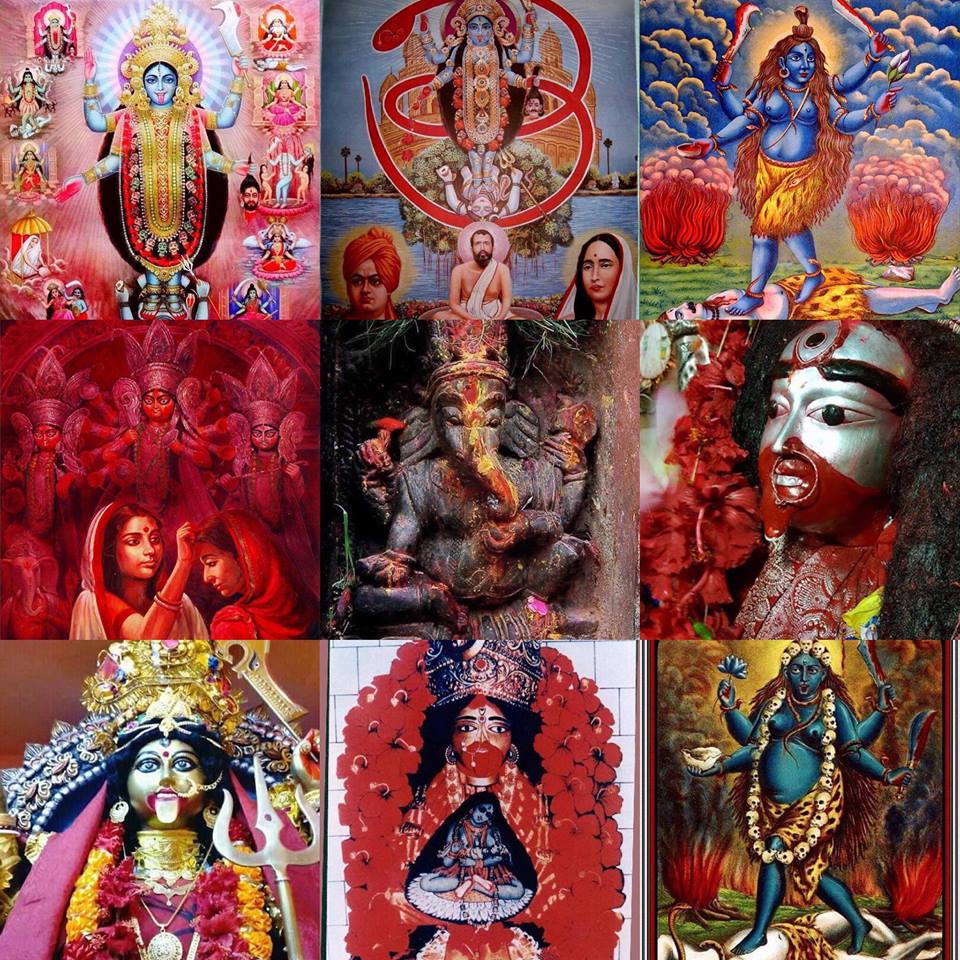
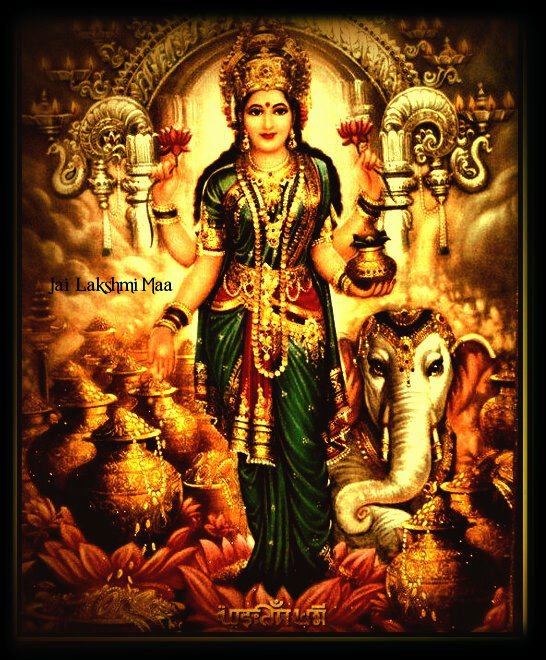
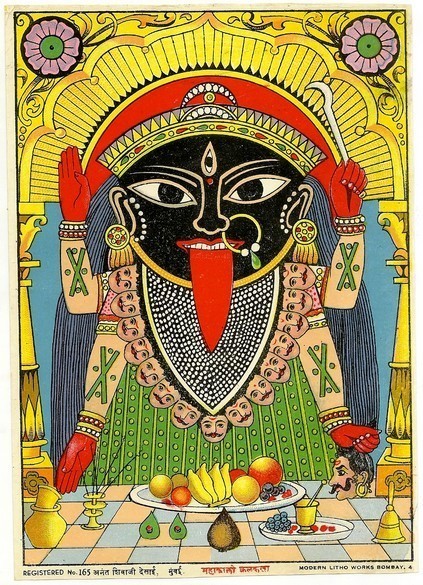
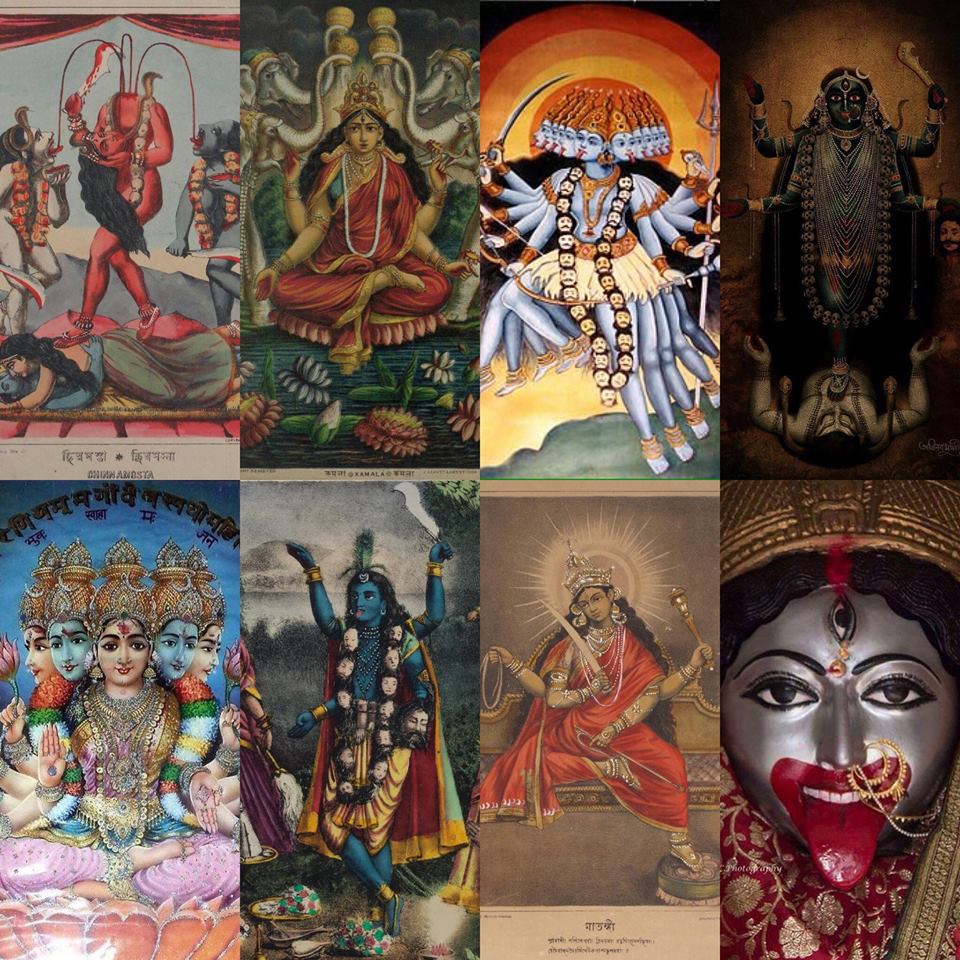
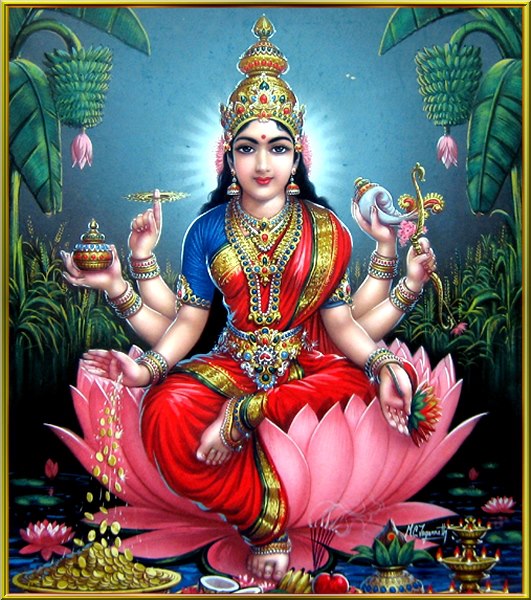
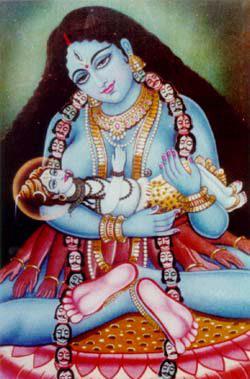
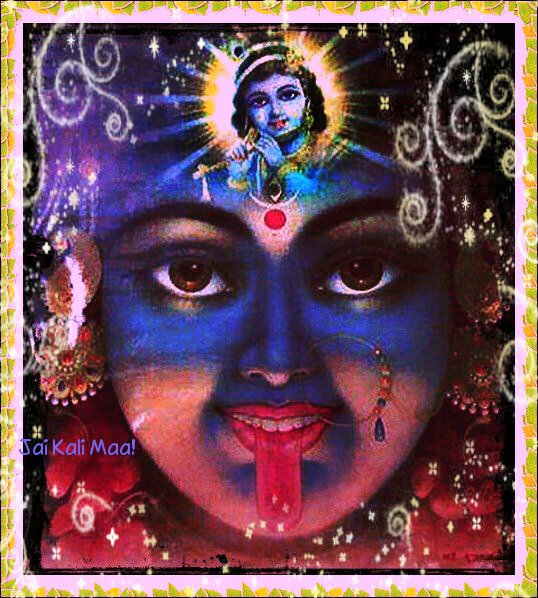
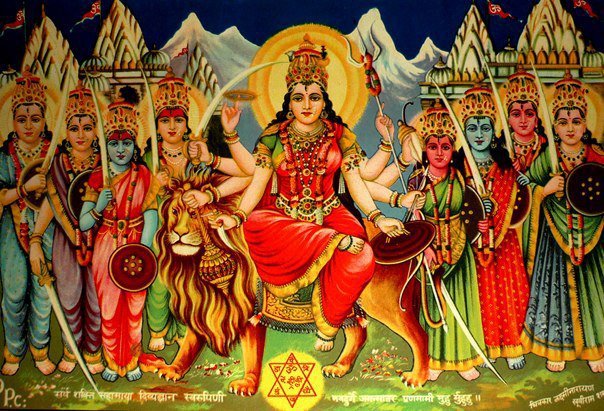
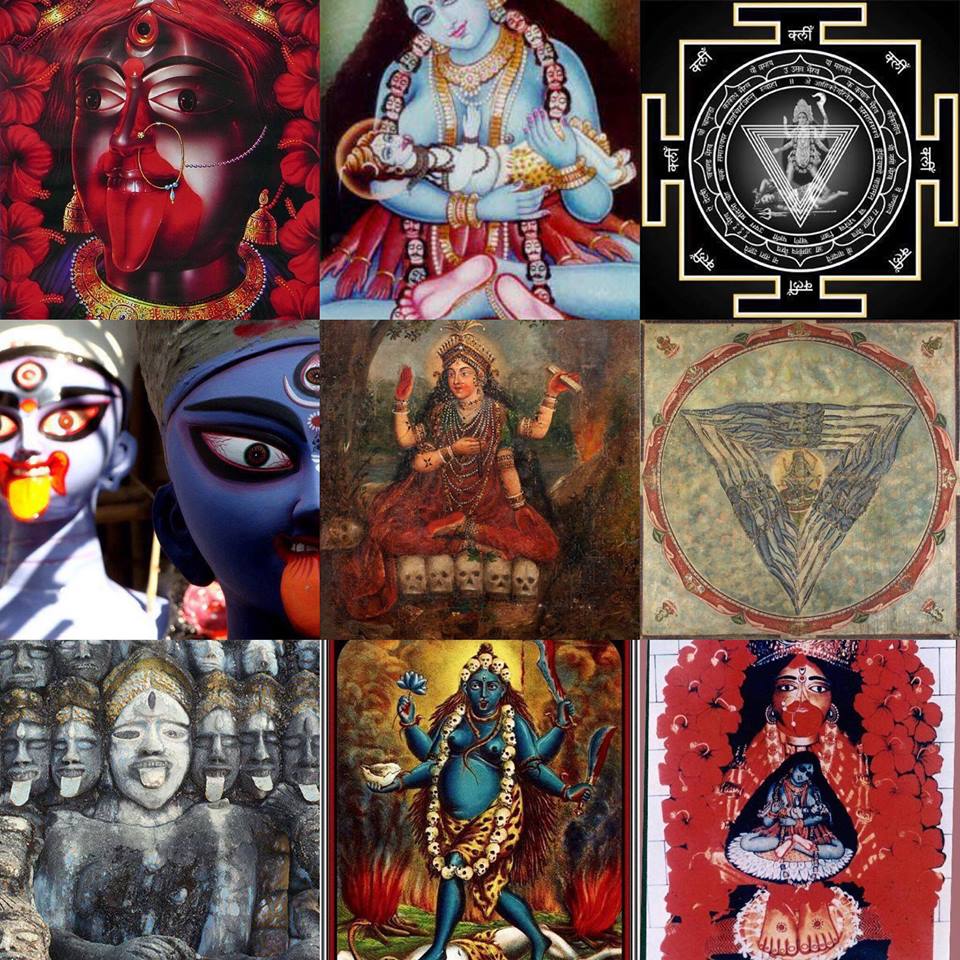
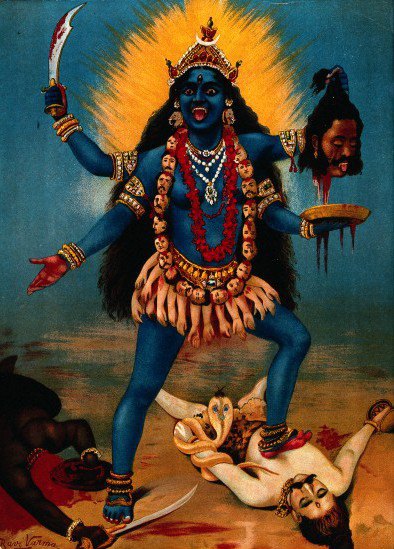
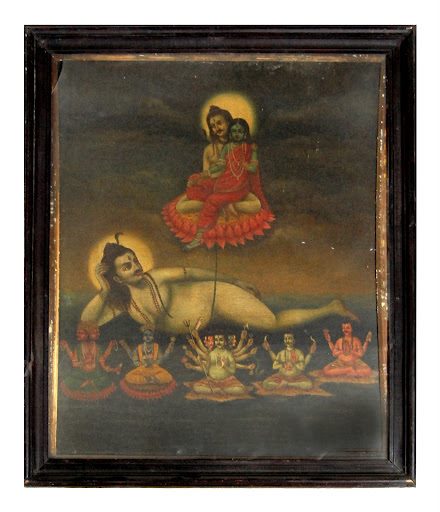
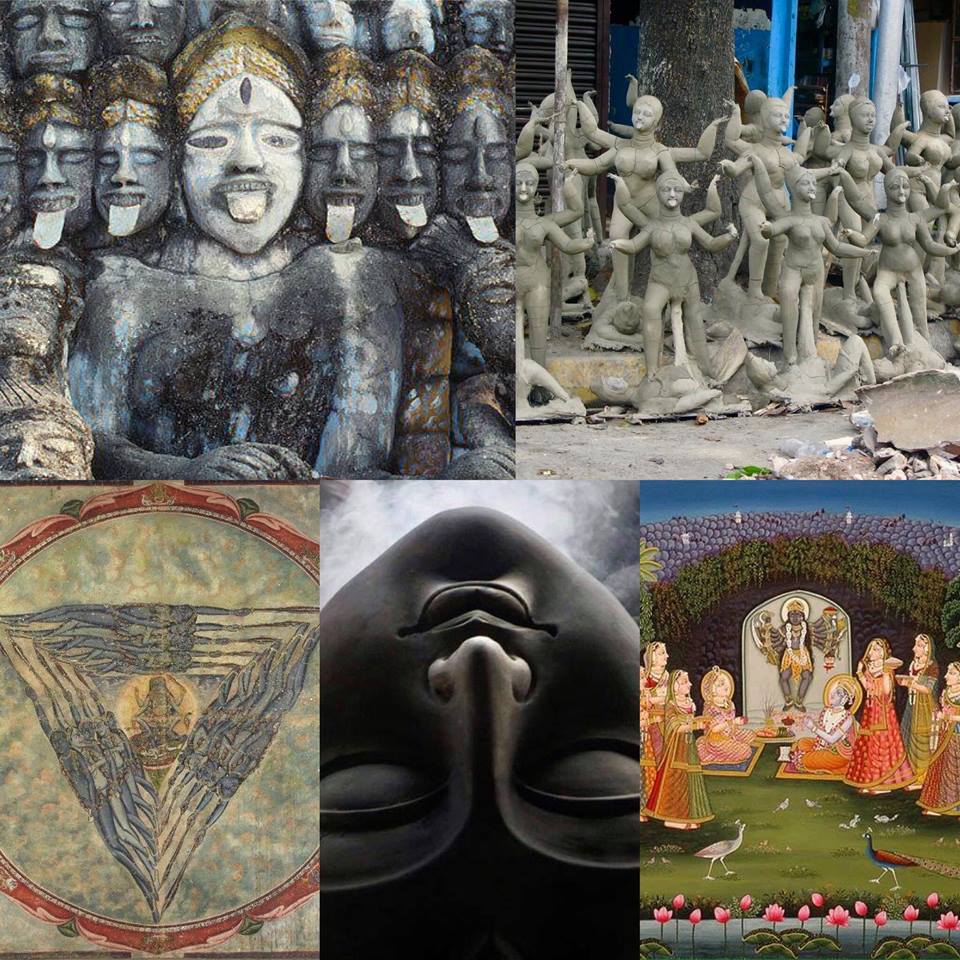
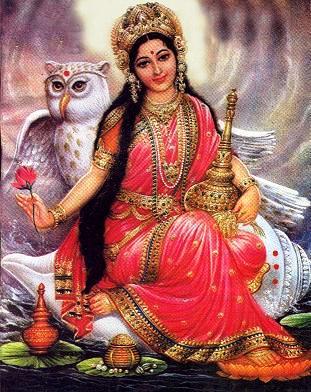
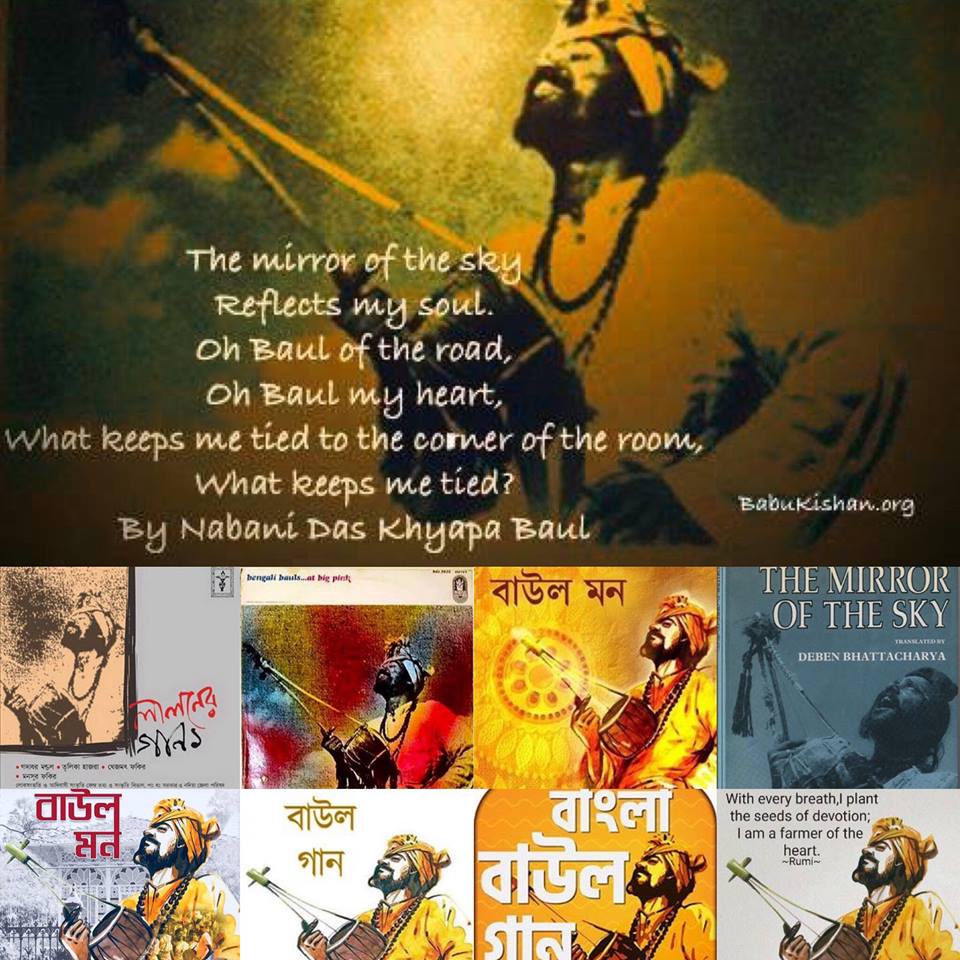
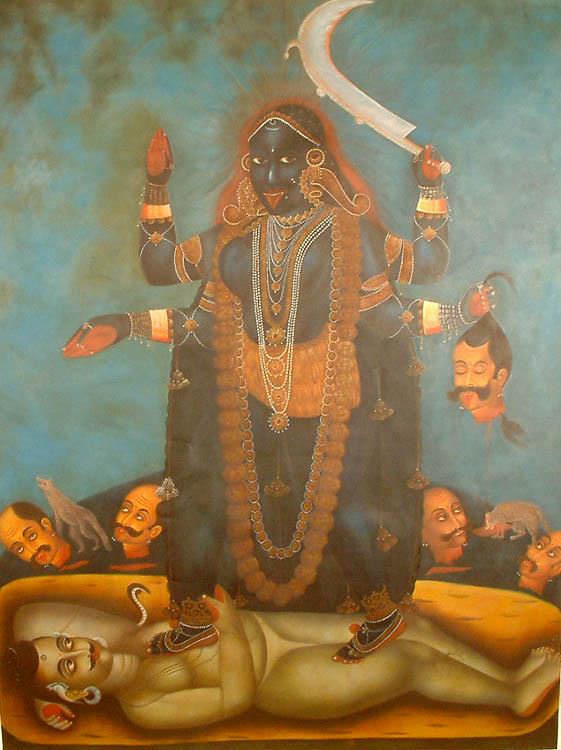
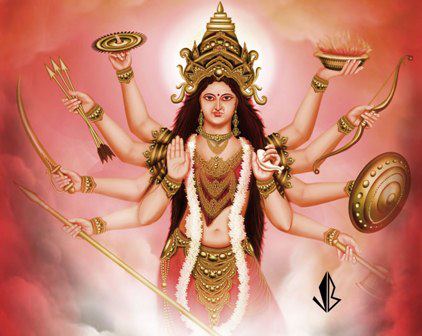
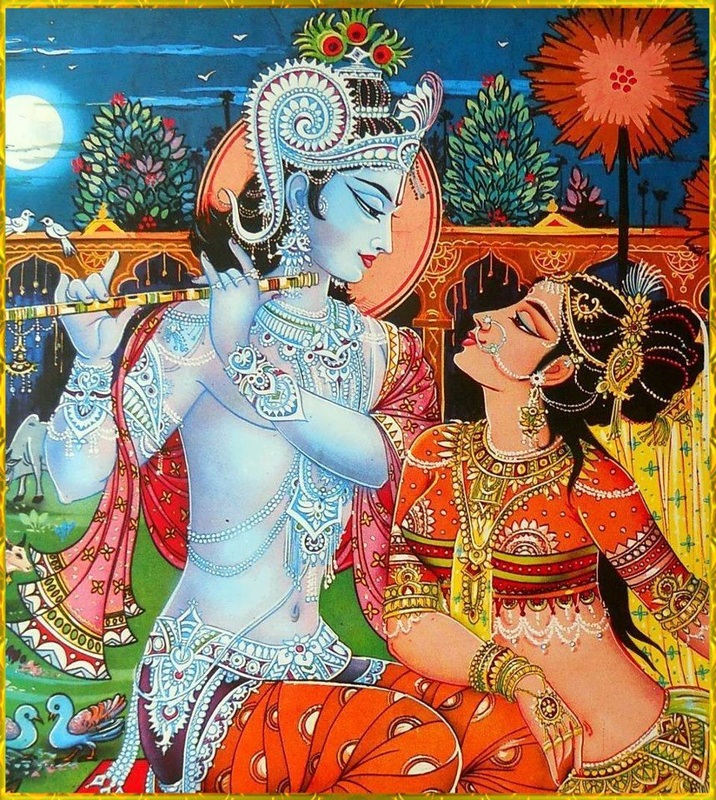
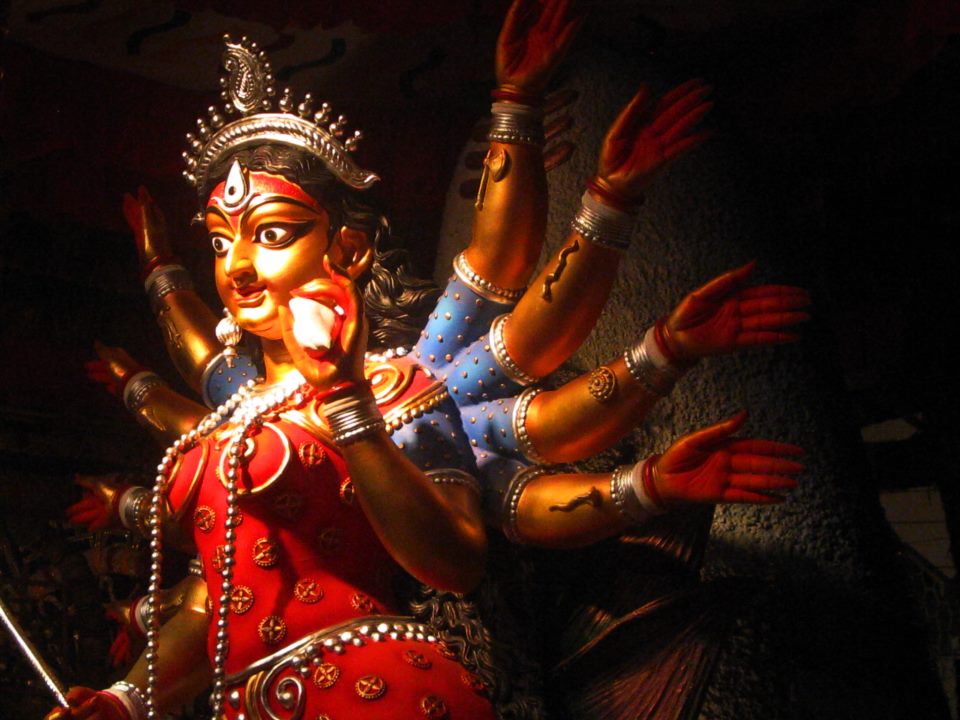
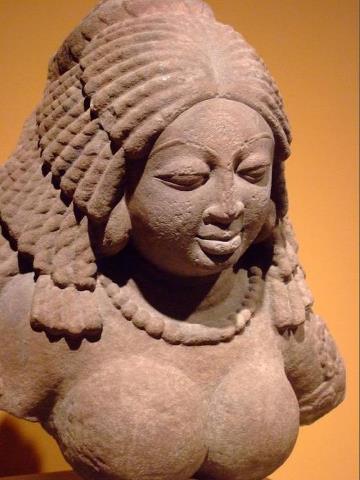
 RSS Feed
RSS Feed
